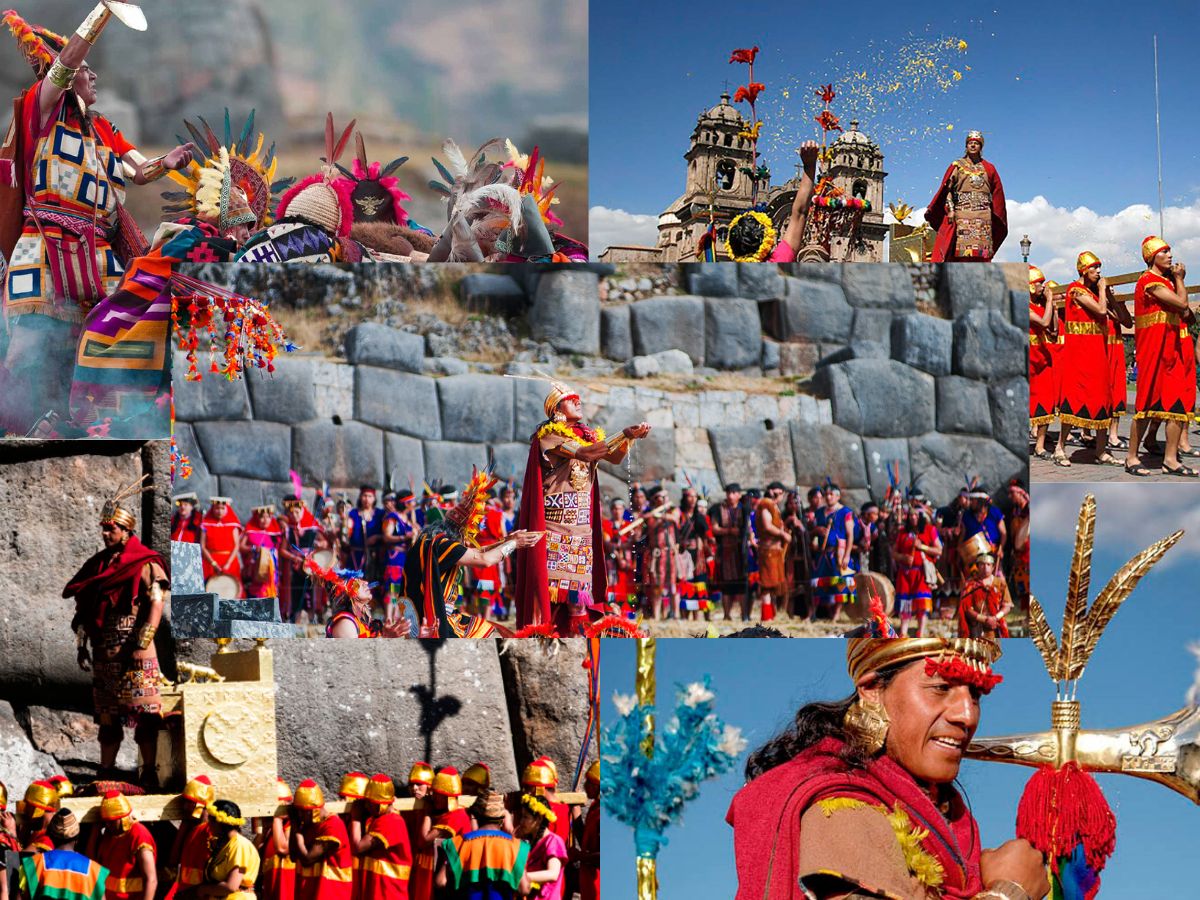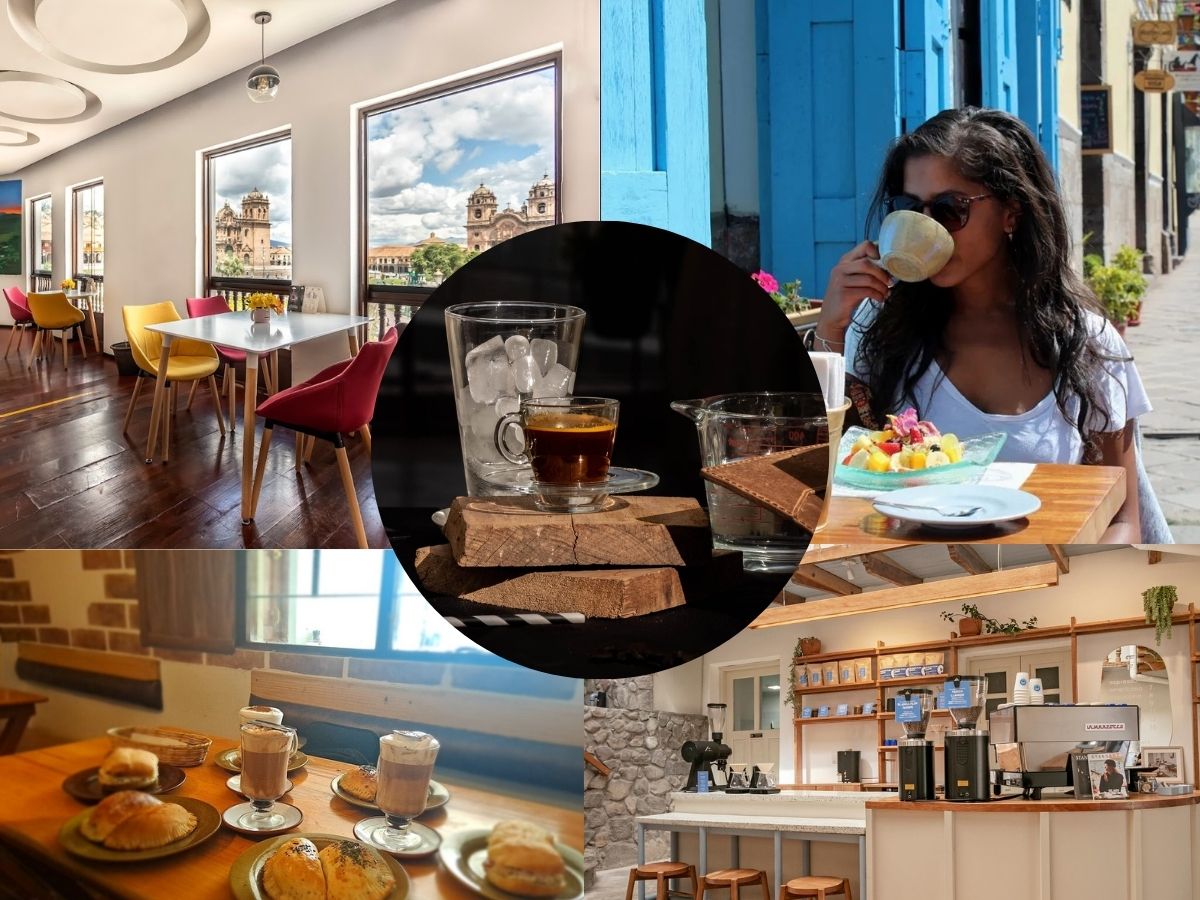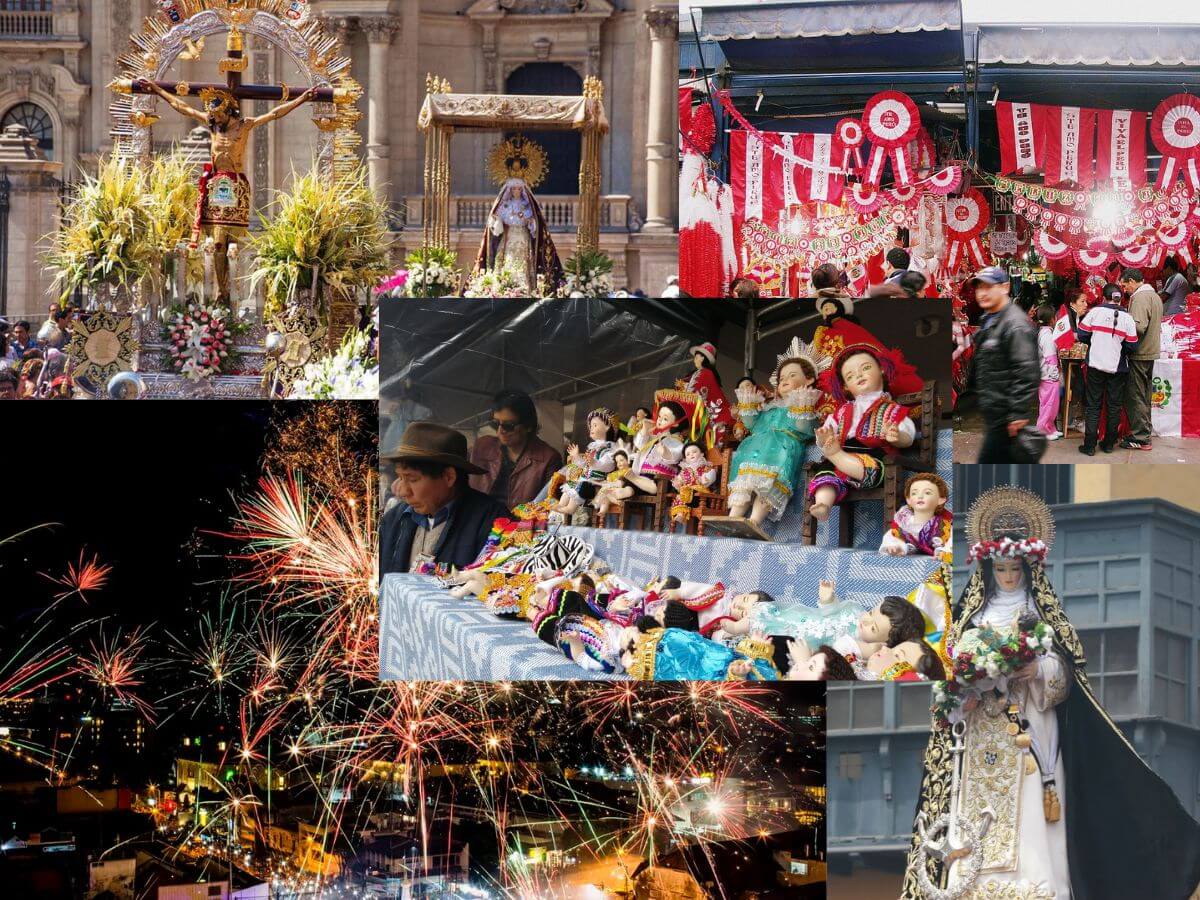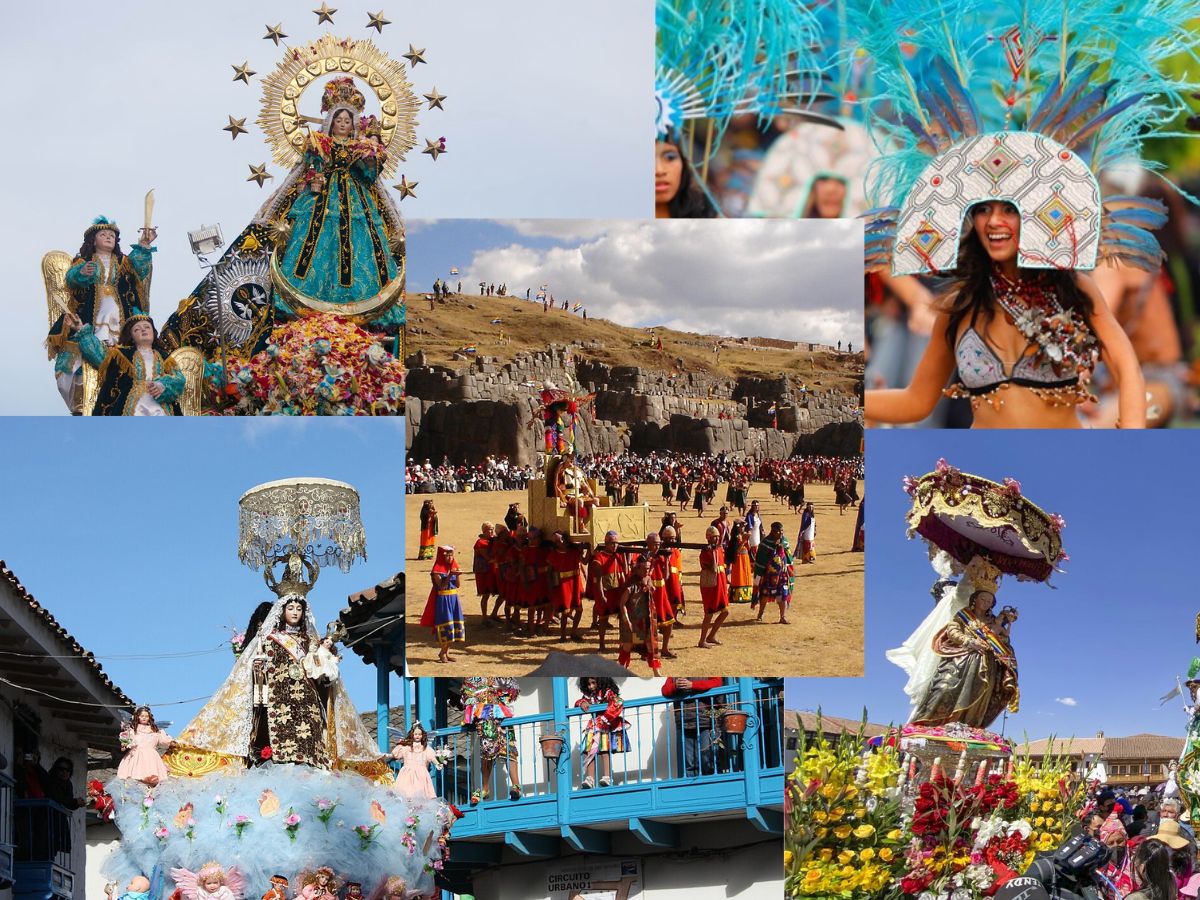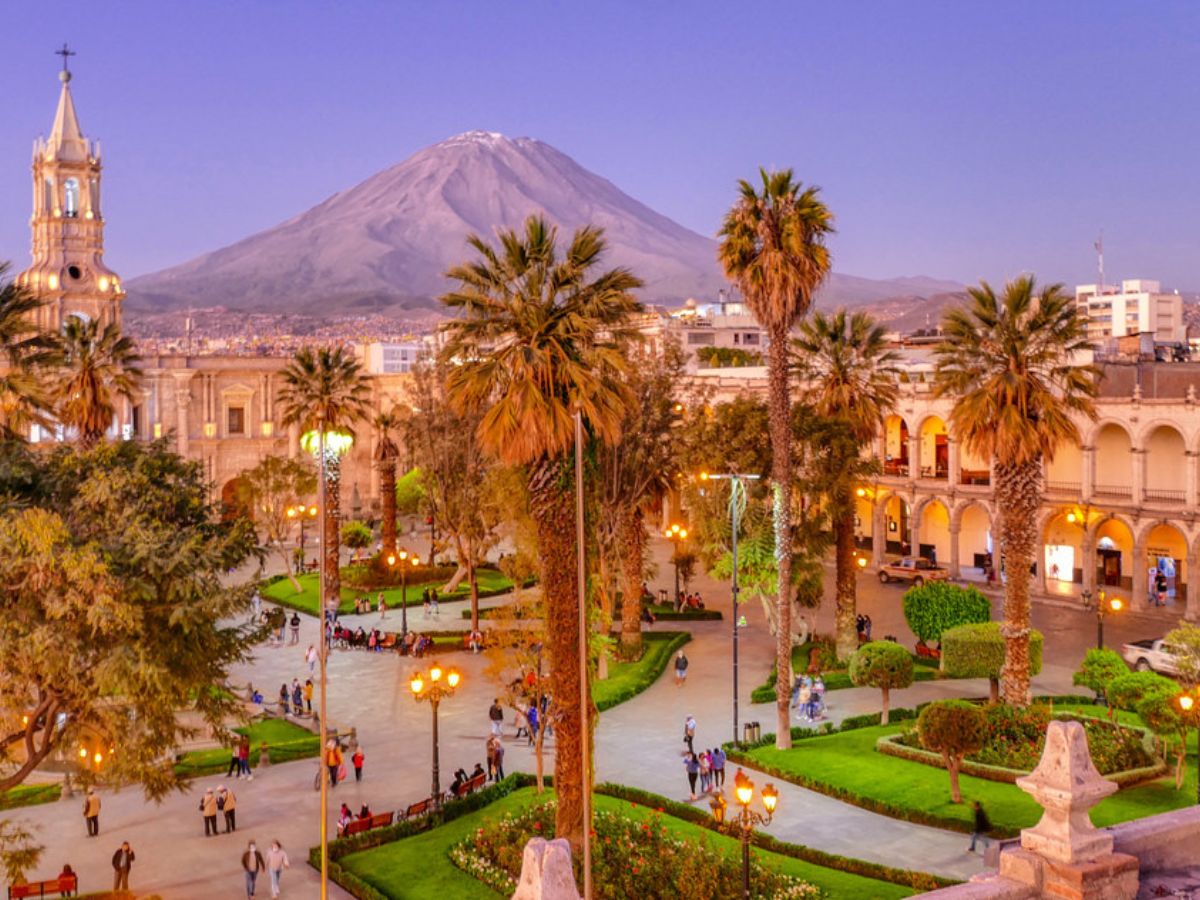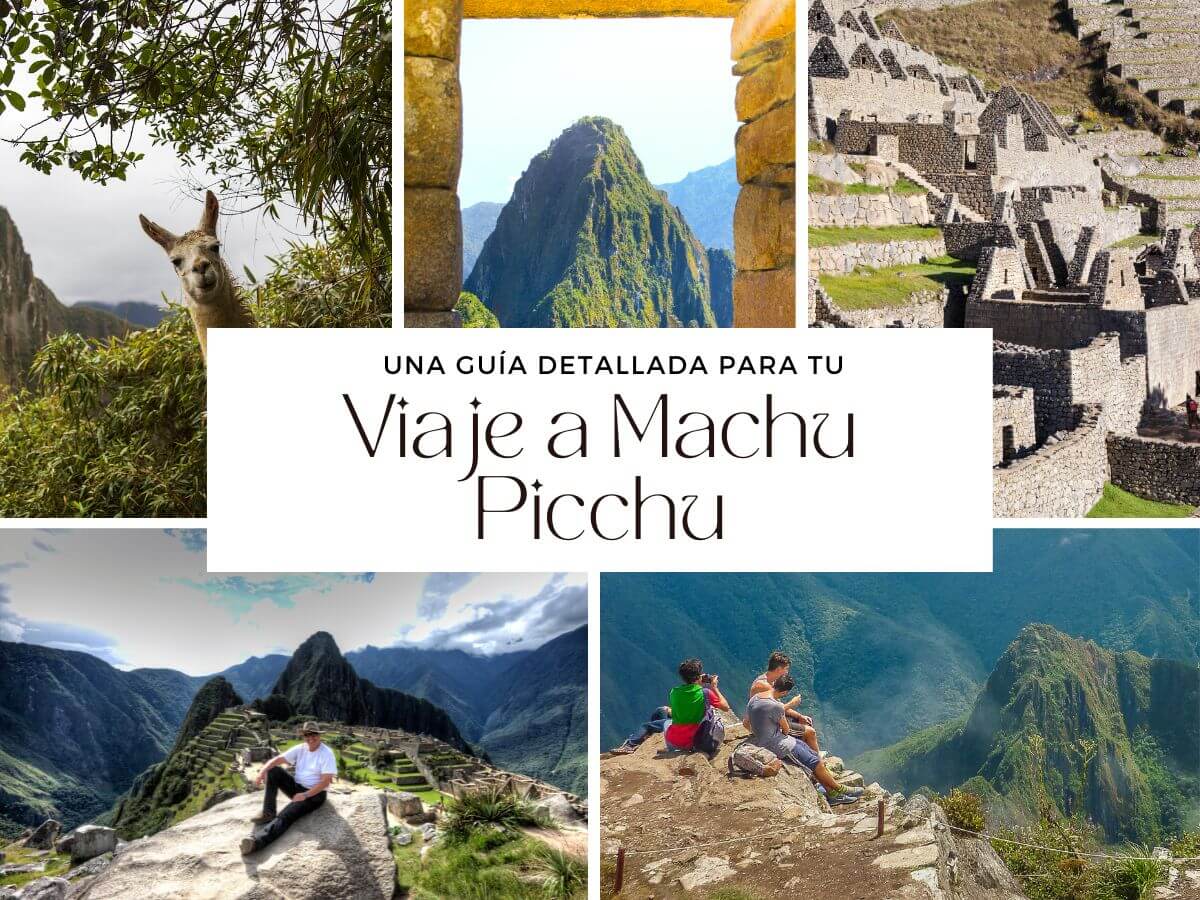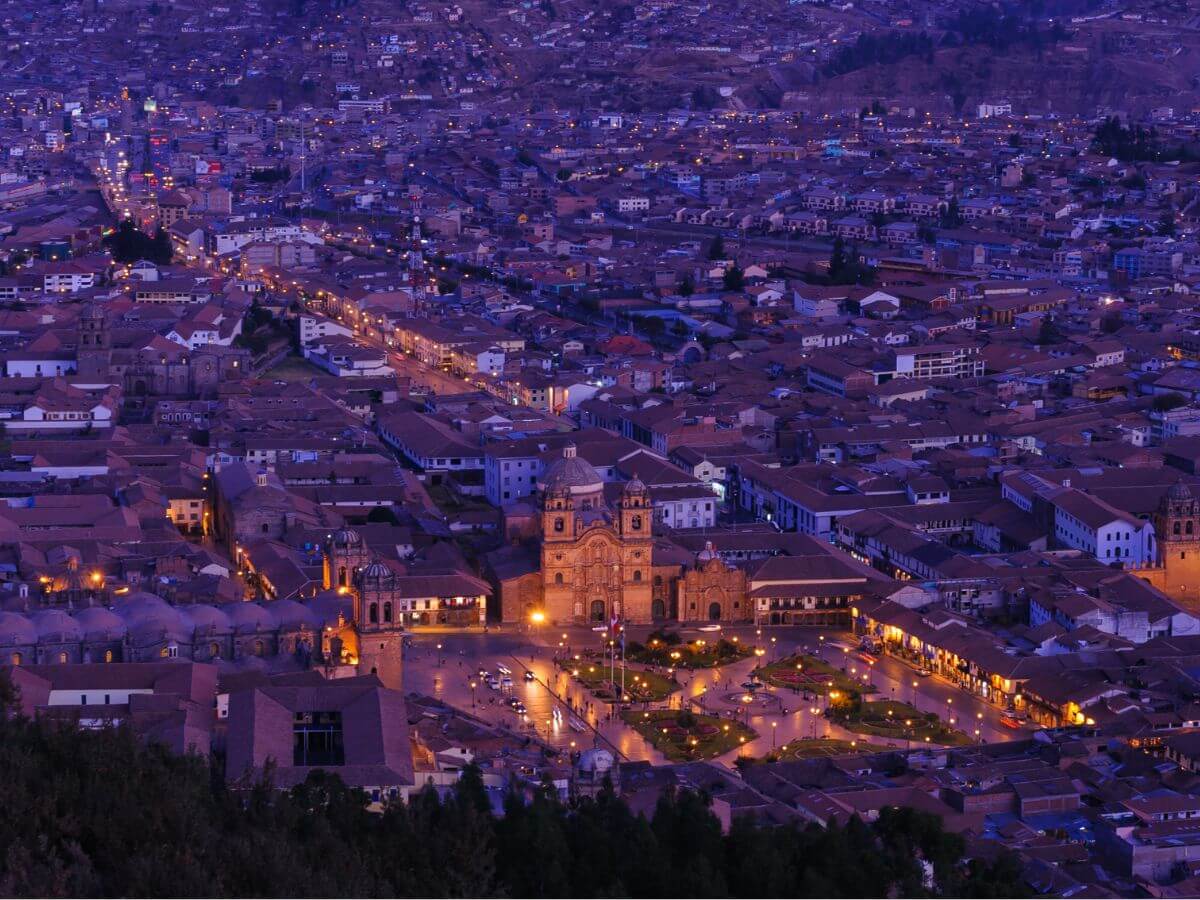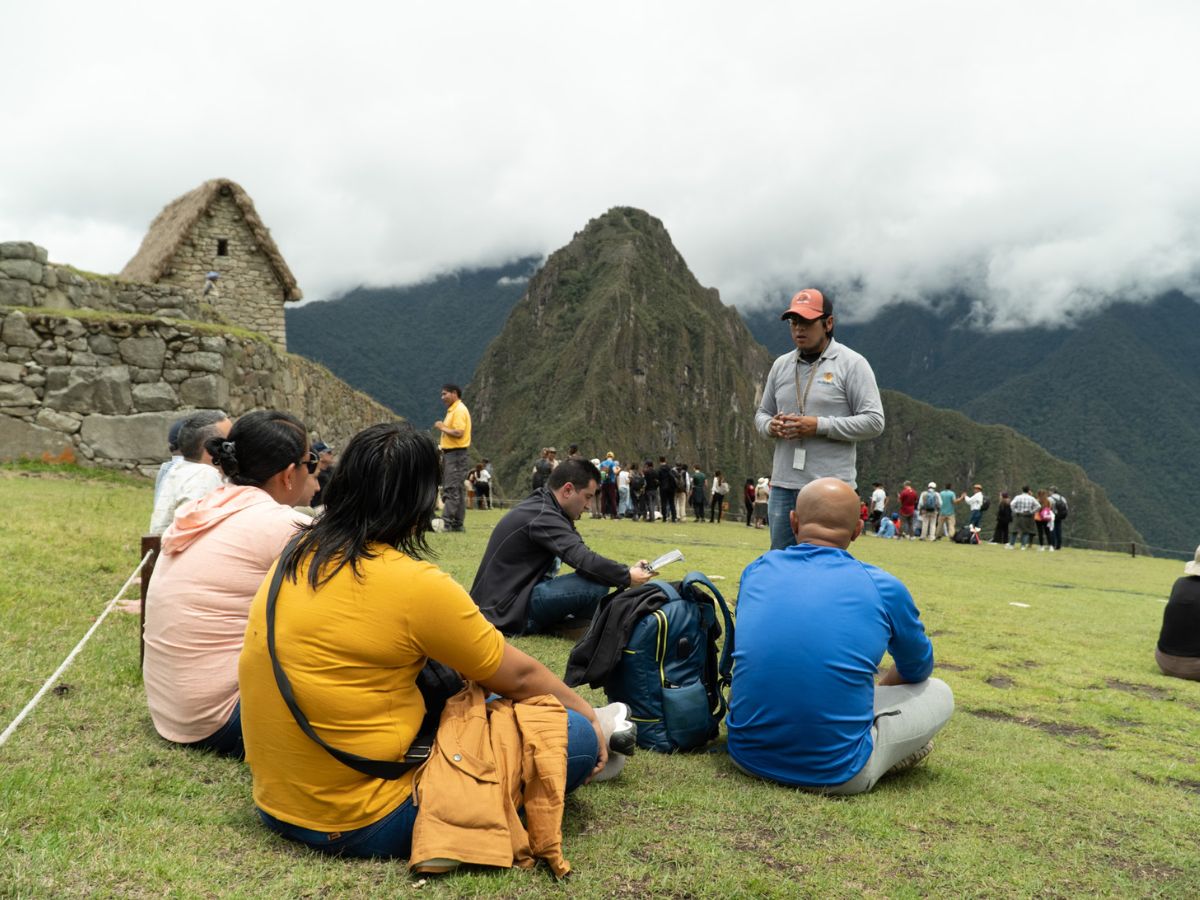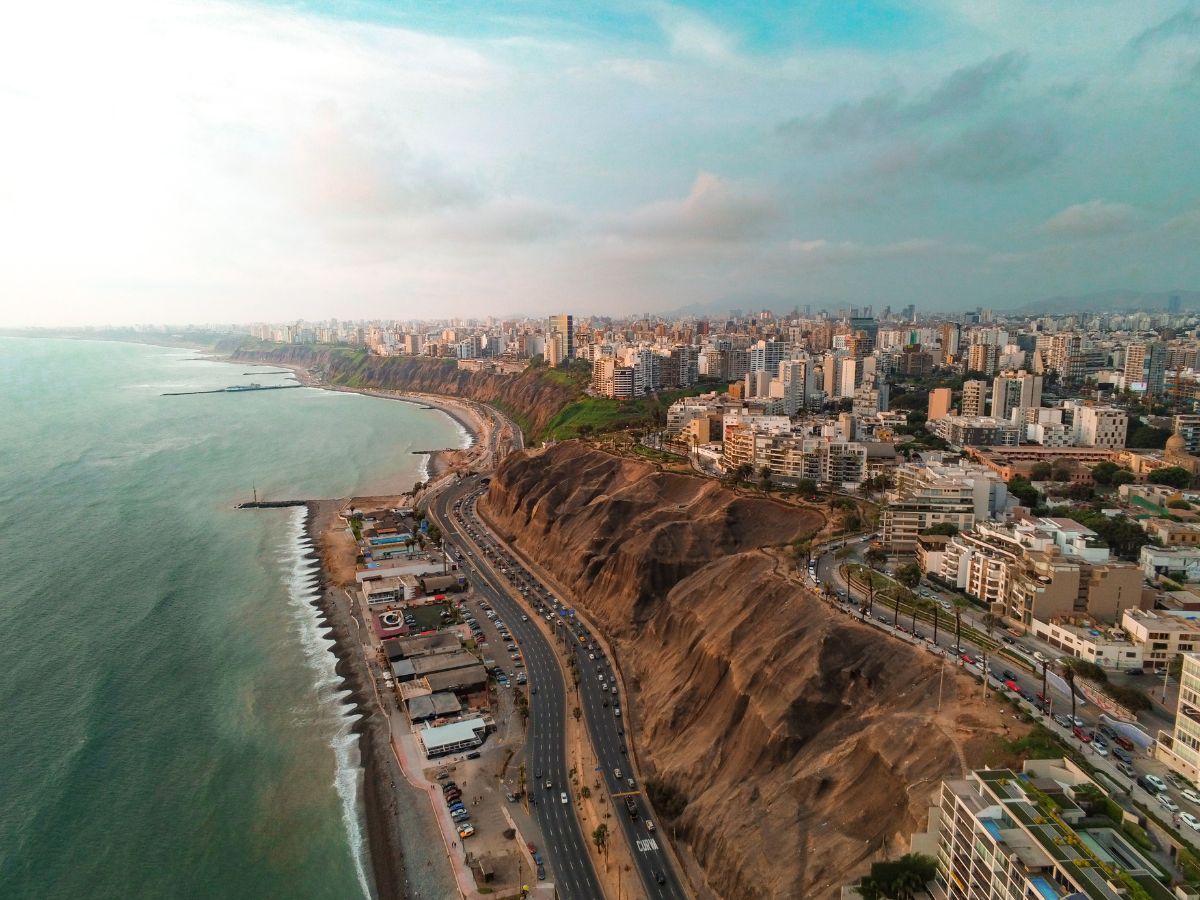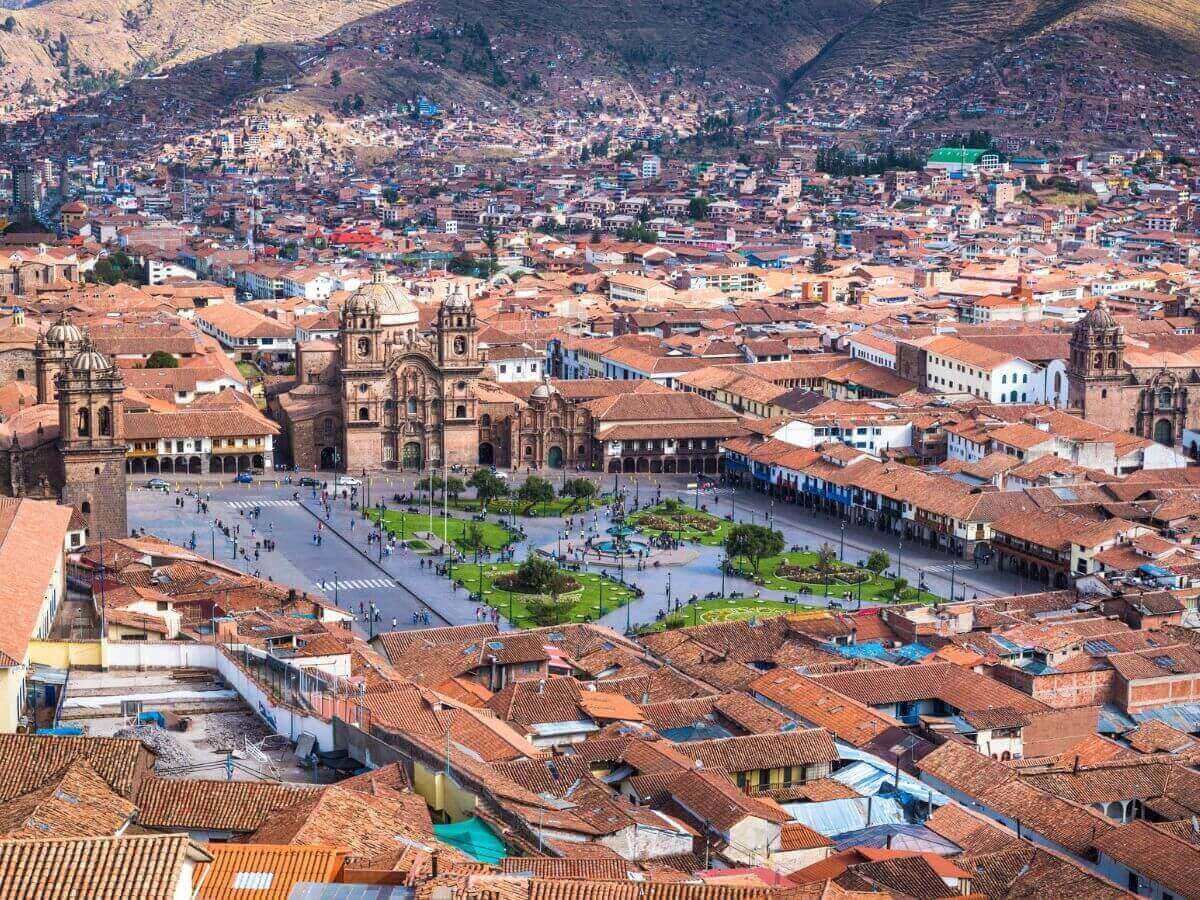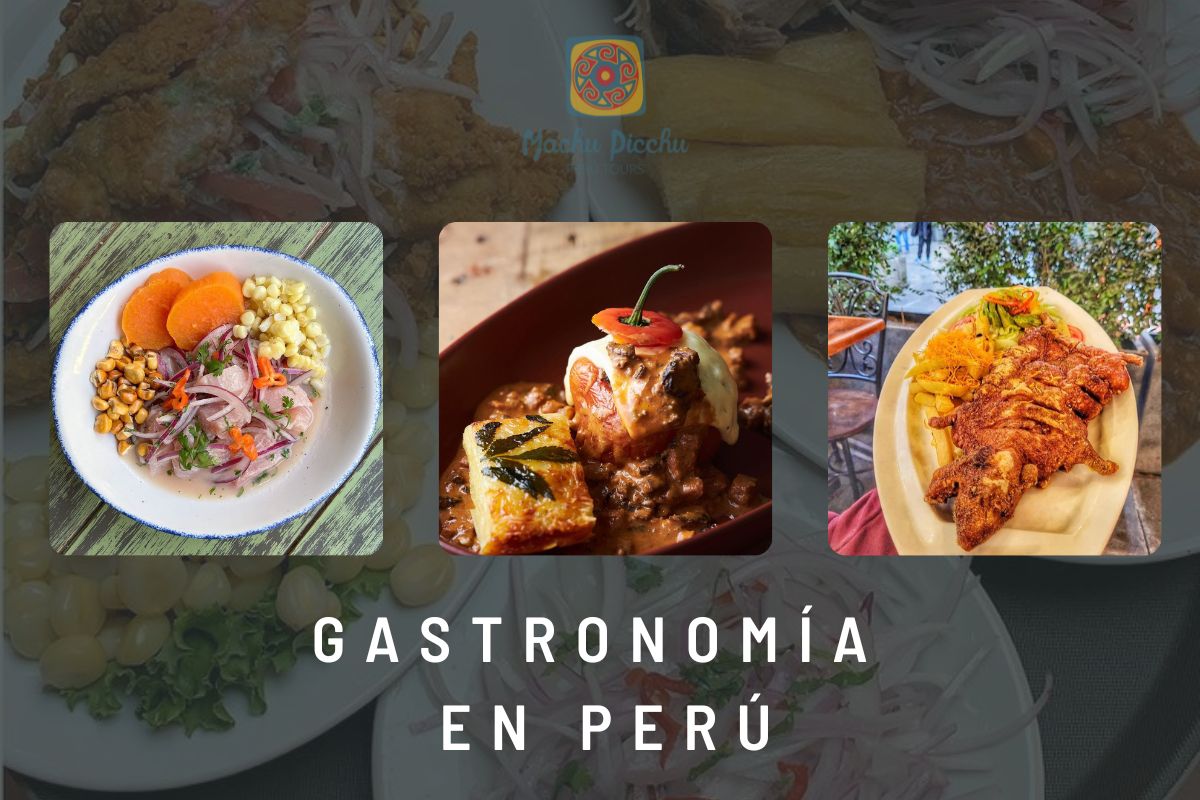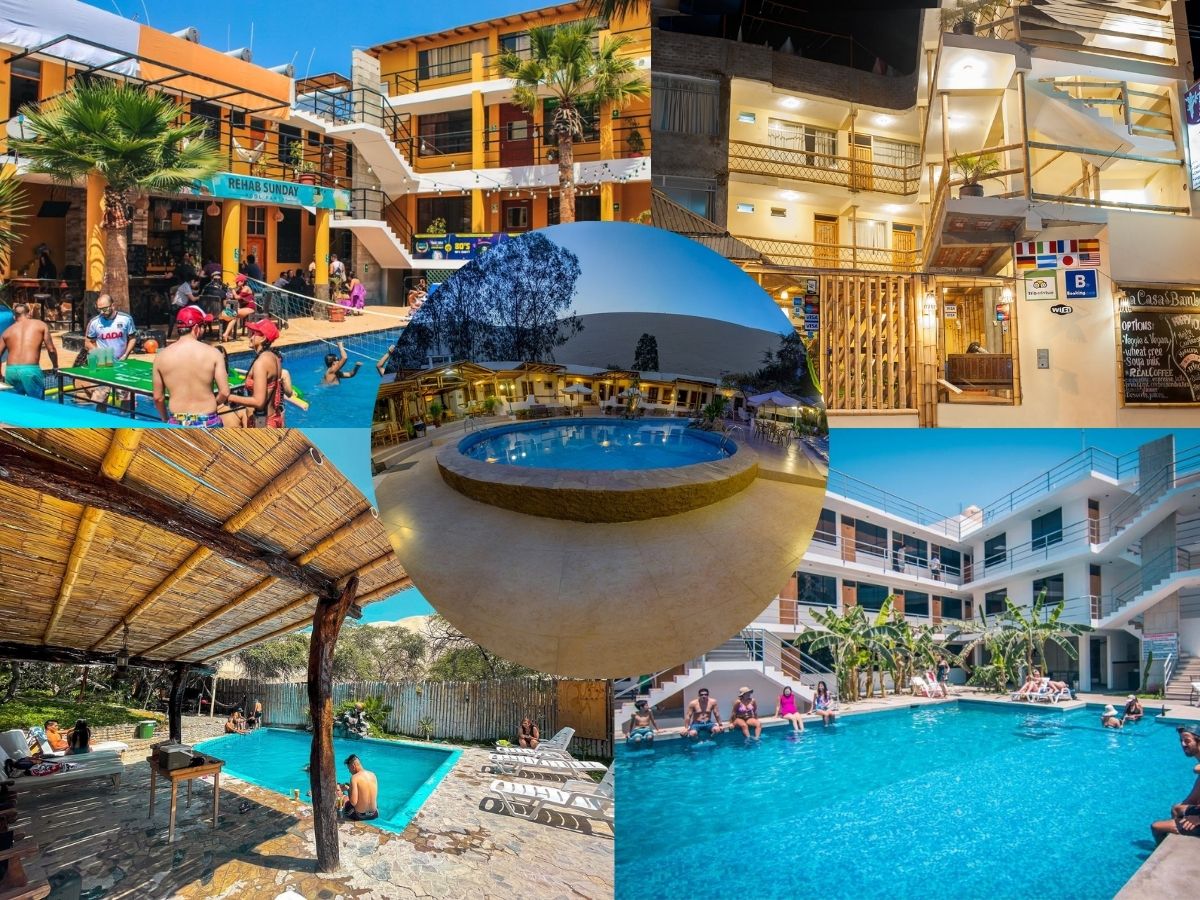Festivity of Corpus Christi in Cusco
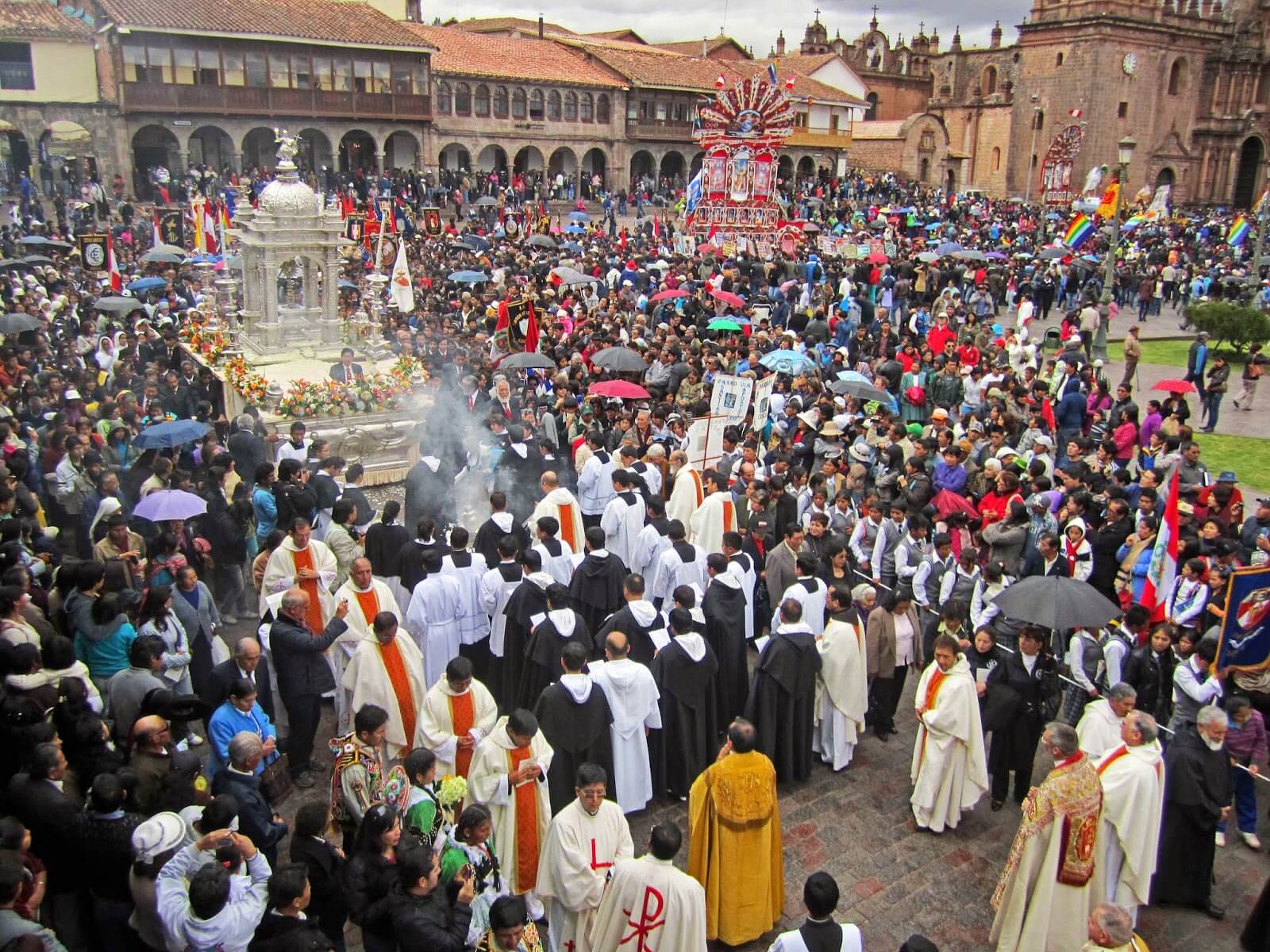
Corpus Christi in Cusco is one of the festivities more important in the city of Cusco. Is a catholic party that celebrates the Eucharistic.
This festivity is realized for the amount of faith of the believers; 400 years approximately come celebrating the Corpus Christi of Cusco, where 15 saints of diverse localities of the region arrive at the cathedral for a reunion that is only realized once a year.
We invited you to learn more about the beautiful celebrations in the imperial city of the Incas.
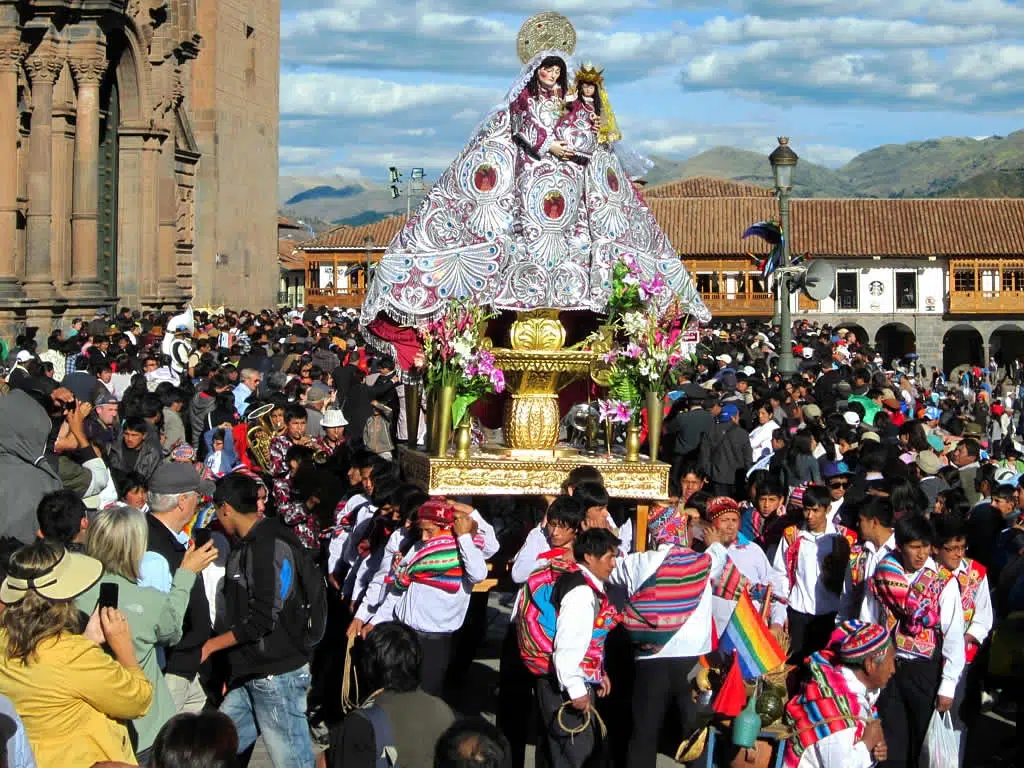
Cusco’s main square is filled with many devotees and visitors from different parts of the city.
Origin of Corpus Christi
Corpus Christi was born in the time of the Incas when they realized the processions of the mummies of their deceased throughout most of the city.
Due to the arrival of the Spaniards, this celebration presents some changes. They perceived this custom, which they took it as something pagan; then they decided to change the mummies for virgins or catholic saints.
Some chroniclers comment that the Incas hid their mummies under virgins or saints that went out in procession processions; in this way, they did not lose their traditions.
The traditional celebration of Corpus Christi in Cusco has been around for years, in actuality with the presence of people from all the parts that appreciate and respect this celebration.
This festivity was declared “Cultural Patrimony of Peru” on August 6th of 2004.
How is celebrated Corpus Christi in Cusco?
One day before the Corpus Christi, the saint of the distinctive localities of the region of Cusco, they head to the Cathedral. Along with them, go the stewards, music, and typical dances of the region.
One of the peculiarities of Corpus Christi in Cusco compared to other regions of Peru, is the race between St. Jerome and the Patron Saint of San Sebastian to see who arrives first at the Cathedral.
Central Day of Corpus Christi:
The Archbishopric of Cusco is in charge of performing the central mass, where the 15 saints are gathered to begin the tour.
At the end of the tour throughout the Plaza de Armas of Cusco, the saints proceed to give the respective blessing to all the believers attending the Corpus Christi Cusco, then enter the Cathedral, where they stay for a week.
Eighth day:
Los 15 santos permanecen en la Catedral del Cusco por una semana, después de ello, retornan a sus lugares de origen, con la misma metodología.
A esta se suman también San Jerónimo y el Patrón de San Sebastián, quienes vuelven a sus iglesias en compañía de sus comparsas, danzas típicas y coloridos trajes. Así como subieron, también bajan en competencia.
What day is Corpus Christi celebrated in Cusco?
The date of celebration is not fixed, it depends on the date of the Holy Week, from that day, 9 weeks are counted to determine the central day of Corpus Christi. This festivity, as well as the Inti Raymi, are the most awaited by cusqueños and visitors.
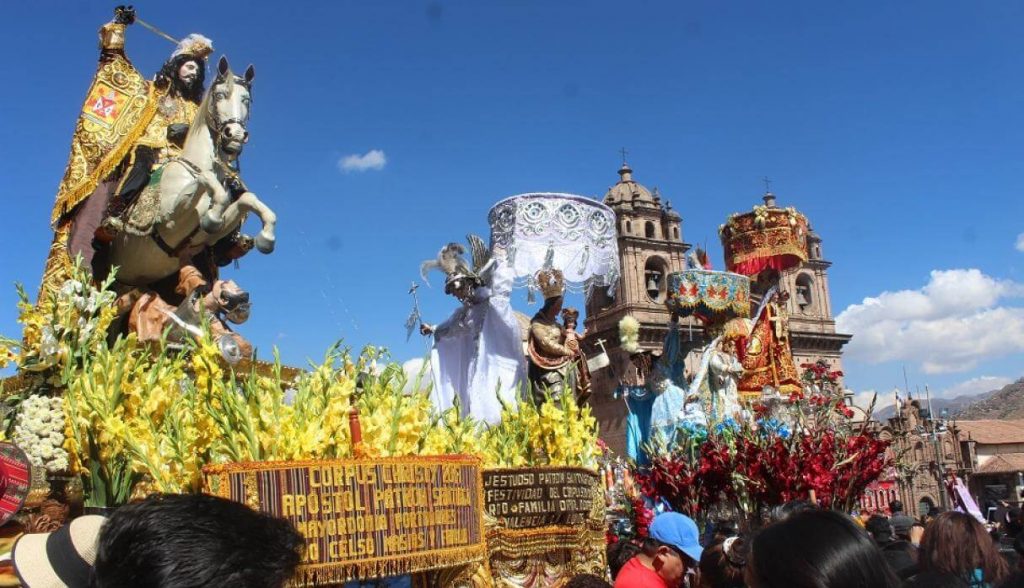
Traditional Party of Corpus Christ
Saints that make the road to the Cathedral of Cusco
1. Virgen Inmaculada Concepción also called “La Linda” of the Catedral
La Virgen Inmaculada Concepción, also known as “La Linda”, is an advocate venerated in the catholic faith. This specific advocating refers to the belief in that the Virgen Maria was conceived without original sin. In the Cathedral, this representation of the Virgen is specially loved and venerated.
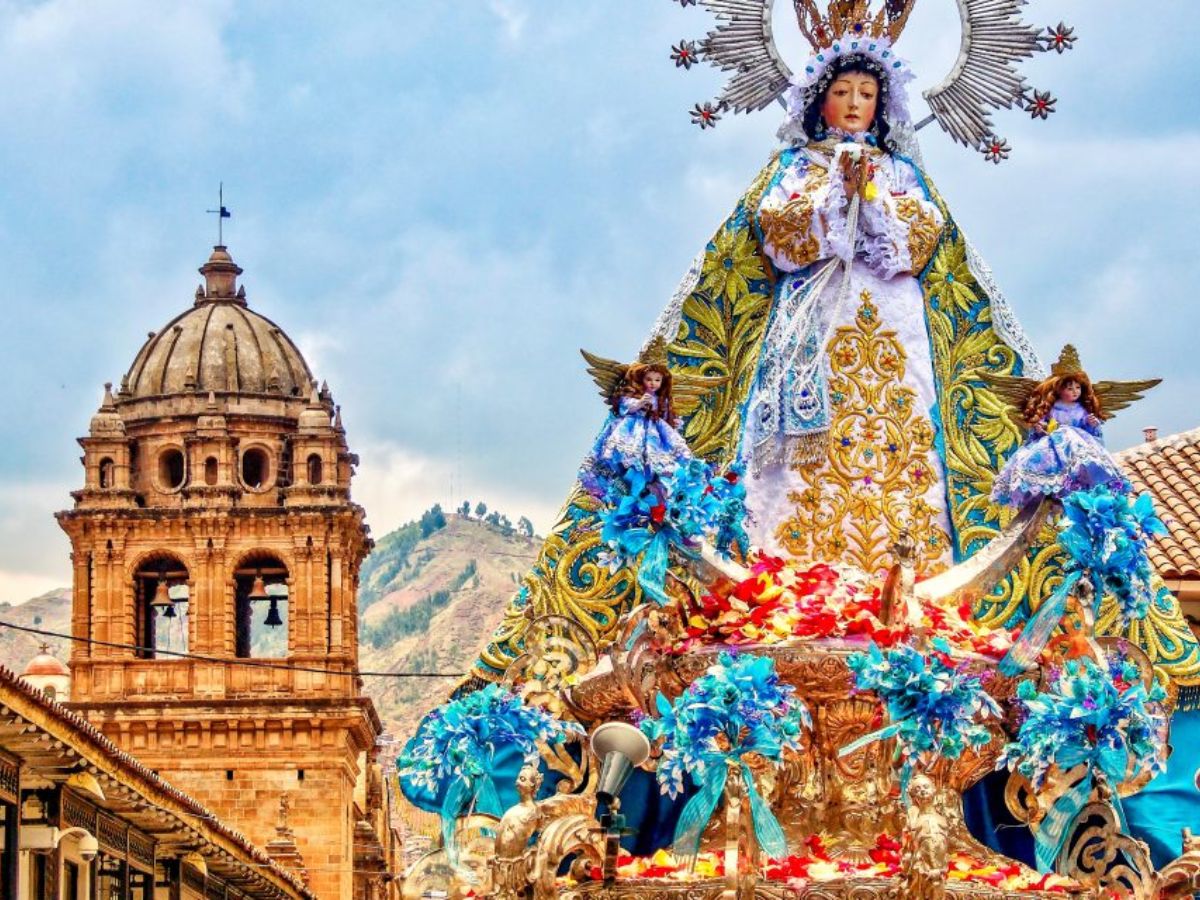
2. Sworn Patroness of Cusco, Virgen Belén
The Virgen of Belén is highly venerated in Cusco, Peru, where she is known as the Patron Saint of Cusco. This specific invocation of the Virgin Mary is closely linked to the history and culture of the region.
The devotion to the Virgin of Bethlehem dates back to colonial times when the Spanish introduced the image of the Virgen Maria under this invocation in Cusco. Since then, she has been venerated as a protector and defender of the people of Cusco.
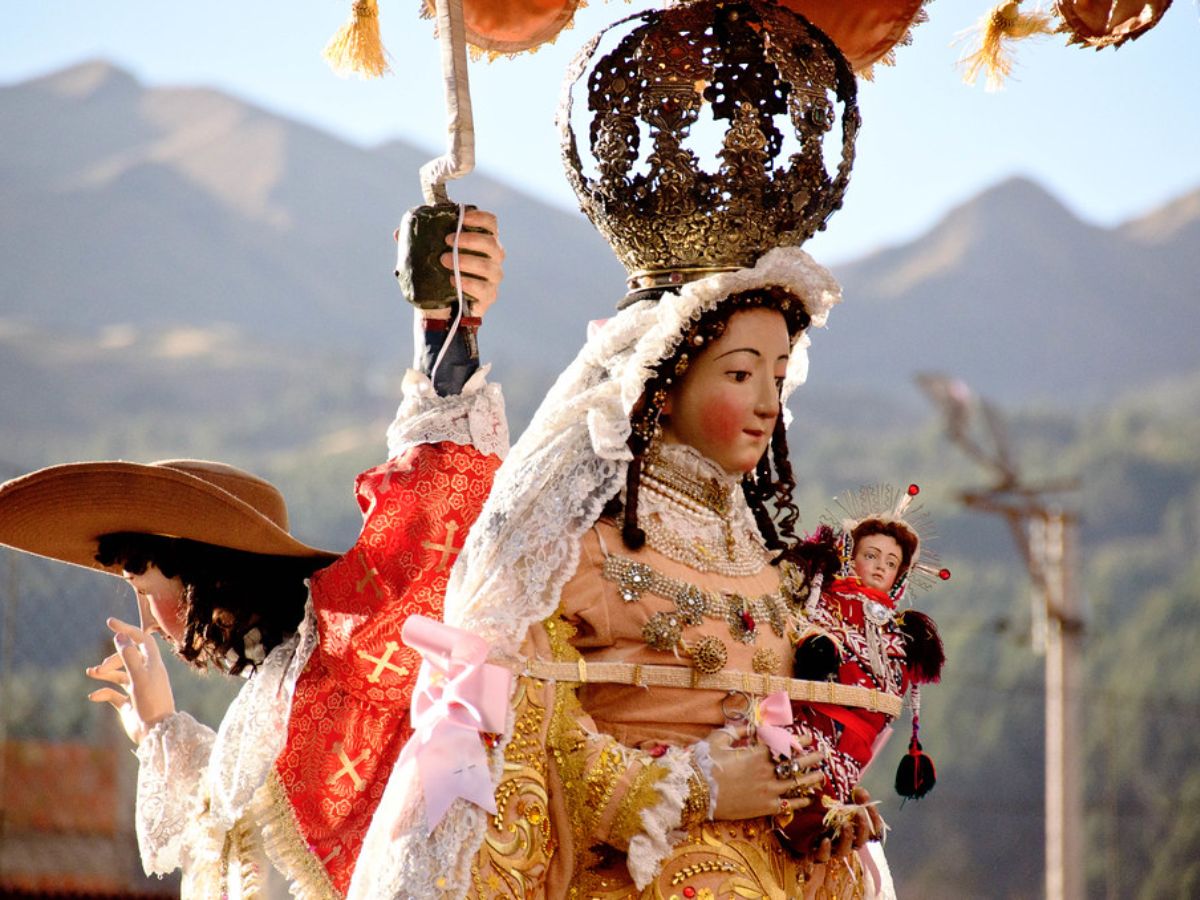
3. Parroquia de San Pedro, Virgen Purificada
The history and the traditions related to the Virgen Purificada can vary according to the region and the community that is venerated. In Cusco, this advocation can have particular importance due to its roots in local history and religious culture.
This sanctuary dedicated to the Virgen Purificada in Cusco is a place of constant peregrination, where the faithful go to pray, make promises, and search for spiritual comfort. The devotion to this advocation forms part of Cusco’s rich religious and cultural patrimony, transmitted from generation to generation like an expression of catholic faith in the region.
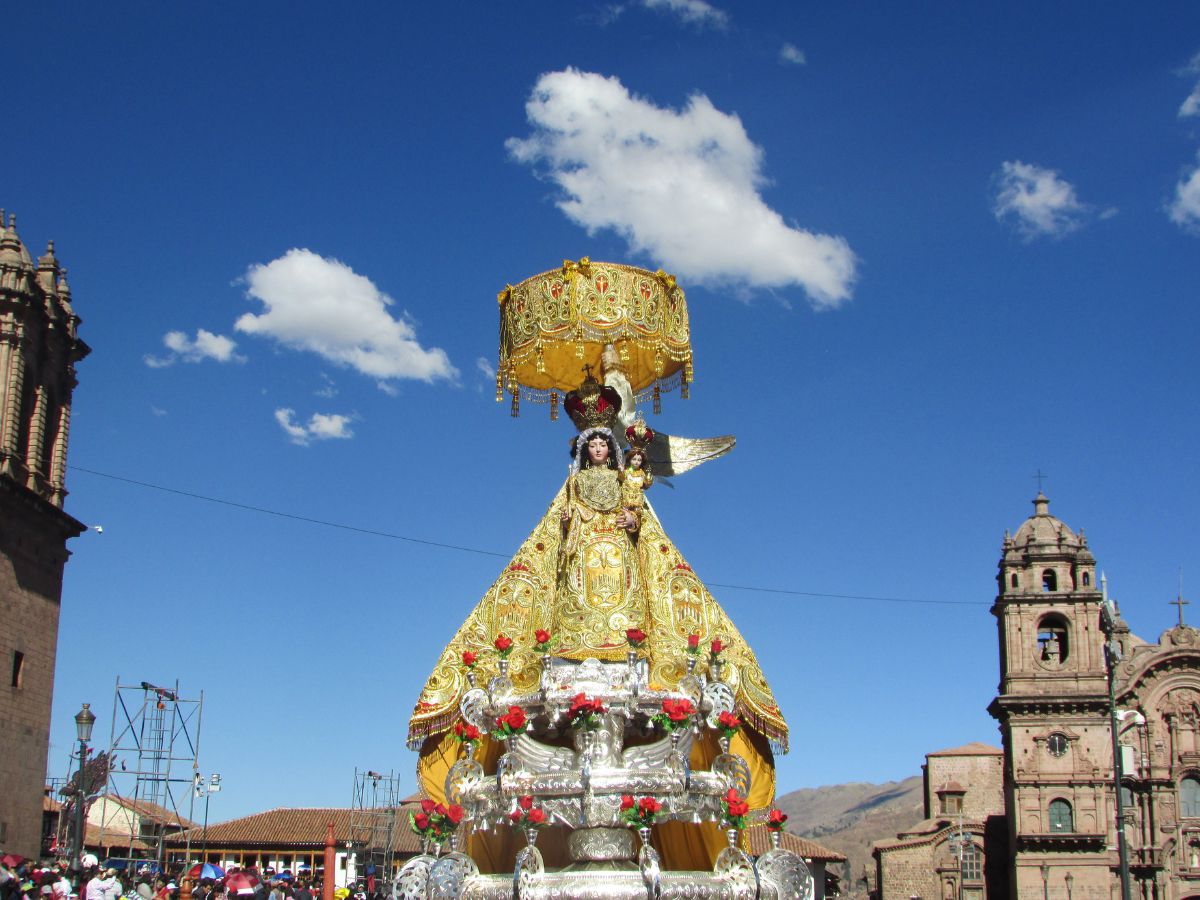
4. Of the Church of Santa Catalina, Virgen de los remedios
The Virgen of the Remedios is a so important figure in the city of Cusco in Perú. It is known as one of the patron saints of the city and is venerated by many faithful.
The History of the Virgen of the Remedios dates back to colonial times, when the Spanish arrived in the region. According to the legend, an indigenous calling Tupac Amaru found an image of the Virgen Maria in a place called Pumacurco. This image is converted to the objective of devotion to the local habitants, who start to attribute miraculous powers.
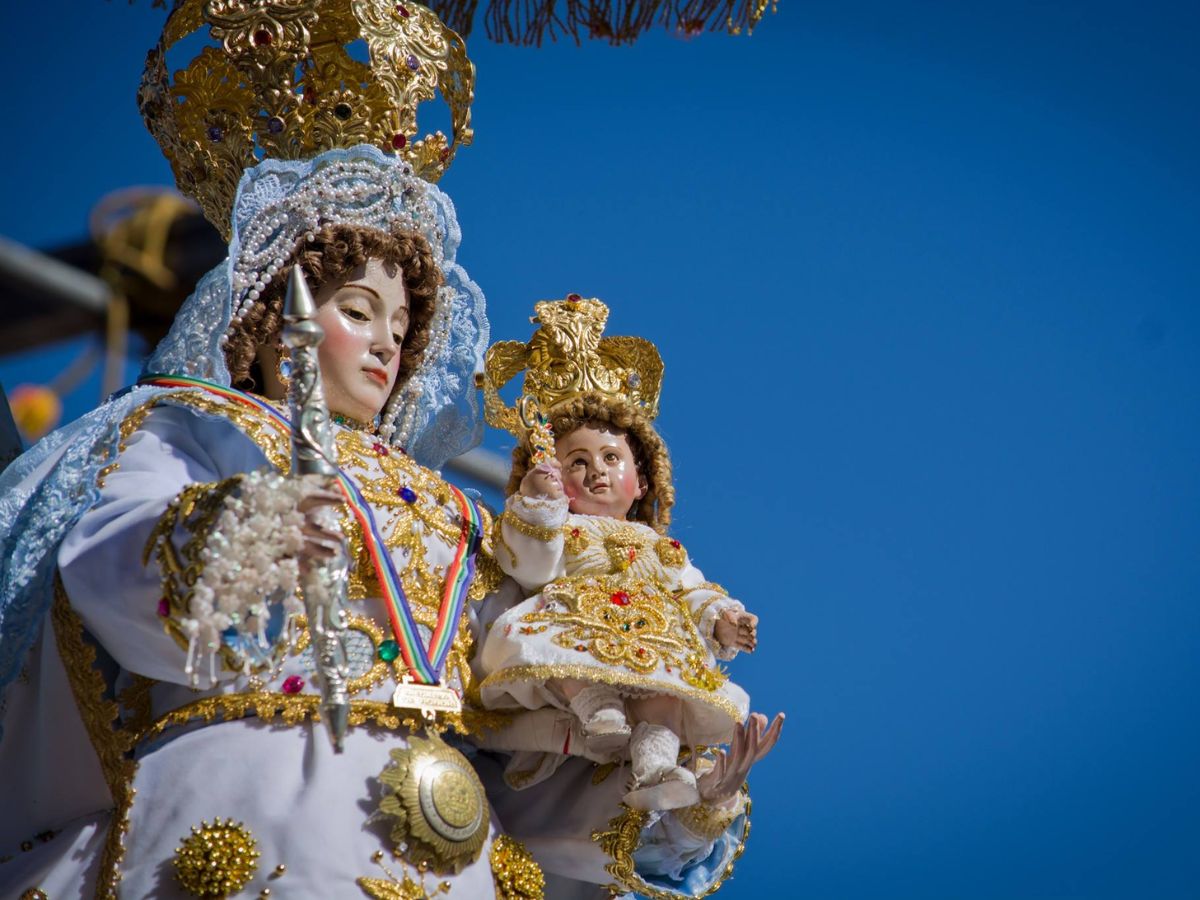
5. Parish of Almudena, Virgen Natividad
The Virgen Natividad is known because of her beauty and her serene look, this has led to it being the object of devotion by the faithful in Cusco and its surroundings. Several miracles are attributed to him and he is invoked especially in times of need and difficulty.
The festivities in honor of the Virgen Natividad are celebrated the September 8th of each year in Cusco is an important occasion for the faithful, who participate in processions, masses, and other religious acts in honor of the Virgin.
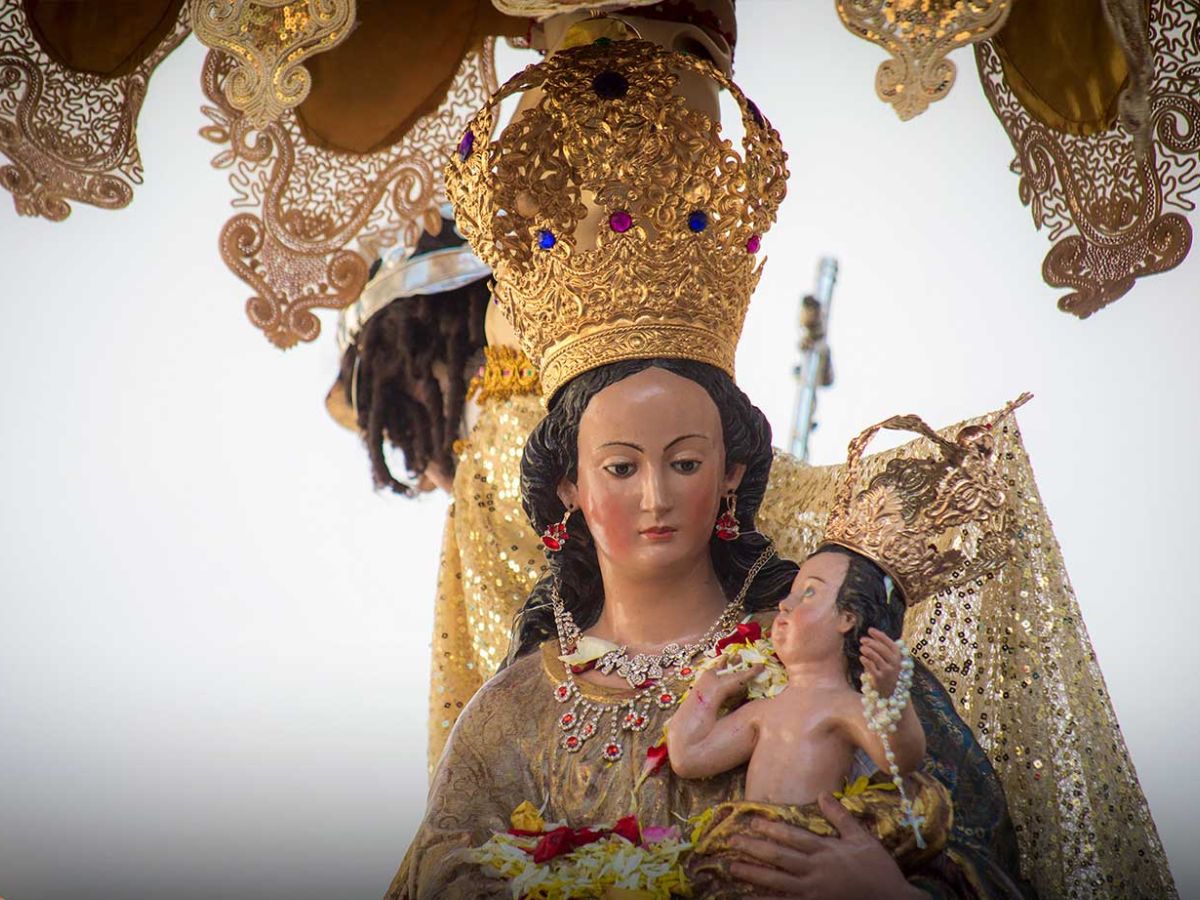
6. From the Parish of Belen, San José
San José is venerated as the husband of Virgen Maria and the terrestrial father of Jesus according to the Cristine tradition. It is considered an example of virtue, humility, and honest work, values that have resonated especially in the culture of Cusco.
Different celebrations and festivities manifest the devotion to San Jose in Cusco. One of the highlights is the festivity in honor of San José, that celebrated on March 19th each year. During this festivity, processions, masses, and religious activities are held in honor of the saint, in addition to cultural and traditional events that reflect the Cusquenian identity.
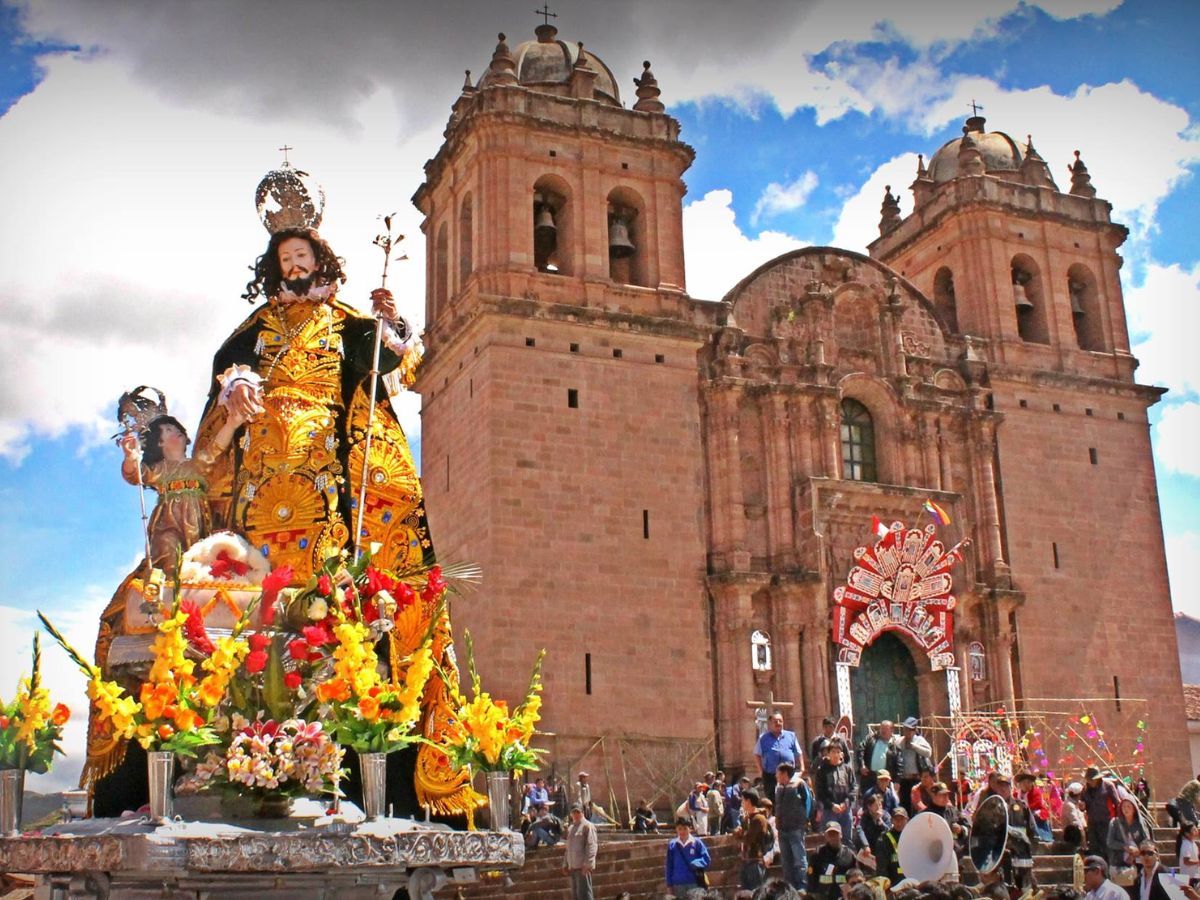
7. San Pedro, of the Parish of San Pedro
San Pedro is invoked as the patron saint of the city and is entrusted with the needs and concerns of its inhabitants, especially those who work in the fishing or maritime sector. His image is venerated in churches, chapels, and homes, where he is prayed to and his intercession is requested in times of difficulty.
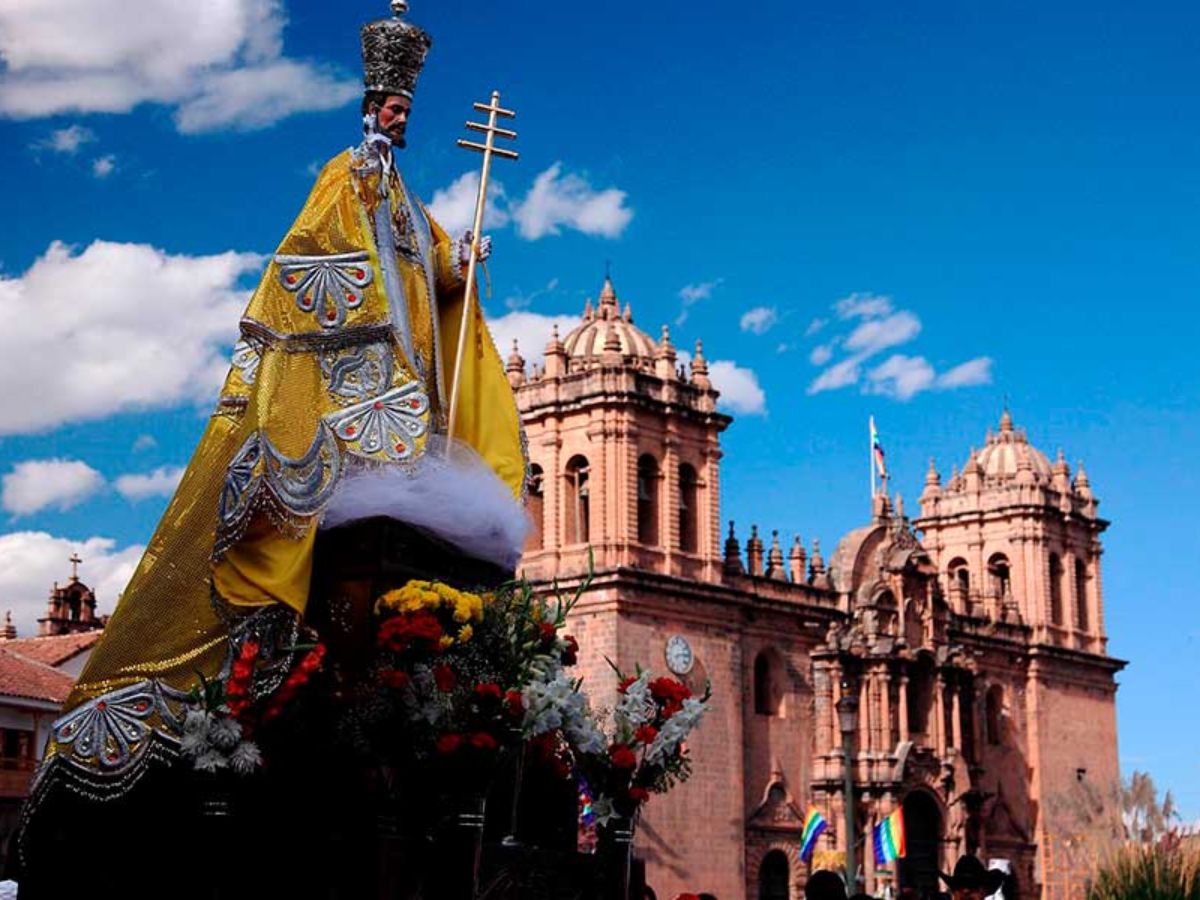
8. On behalf of the Parish of San Blas, San Blas is represented
San Blas is recognized as the patrón of the sick and domestic animals. In the Cusco, is venerated for his intersection in sickness and the protection of animals.
The devotion to San Blas is manifested principally during the Festivity of San Blas, which celebrates February 3rd of each year in Cusco. During the festivity, processions, masses, and religious activities are held in honor of the saint, as well as cultural and traditional events that highlight the importance of this celebration for the Cusco community.
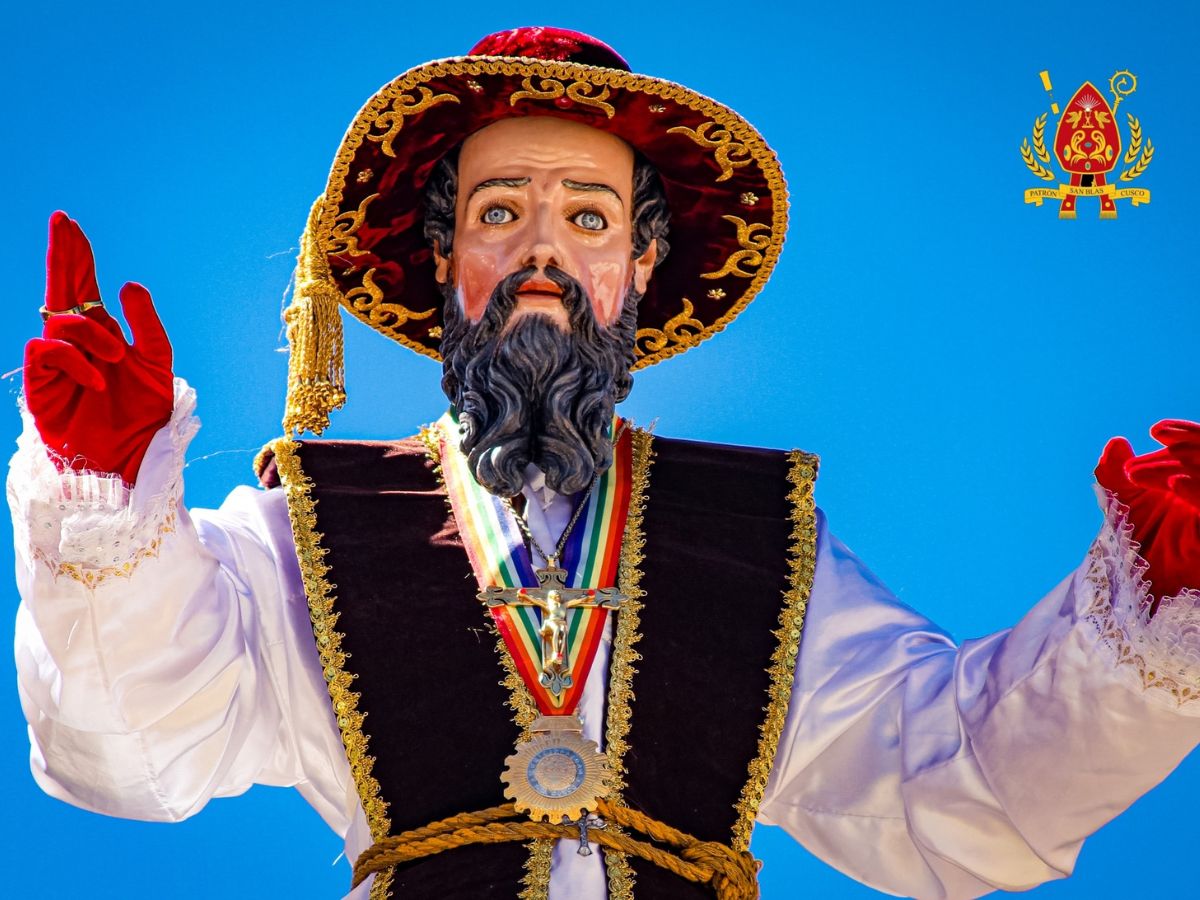
9. Santiago Apóstol of the Parish of Santiago
Santiago Apóstol is invocated like the protector of the city and his residents, like the patron saint of pilgrims and travelers. His image is venerated in churches, chapels, and homes, where he is prayed to and his intercession is requested in times of need or danger.
This festivity in honor of Santiago Apóstol is celebrated on July 25th of each year in Cusco and is an important occasion for the believers. During the festivity, different religious activities are in honor of the saint. like processions and masses, and cultural and traditional events that reflect the Cusco identity.
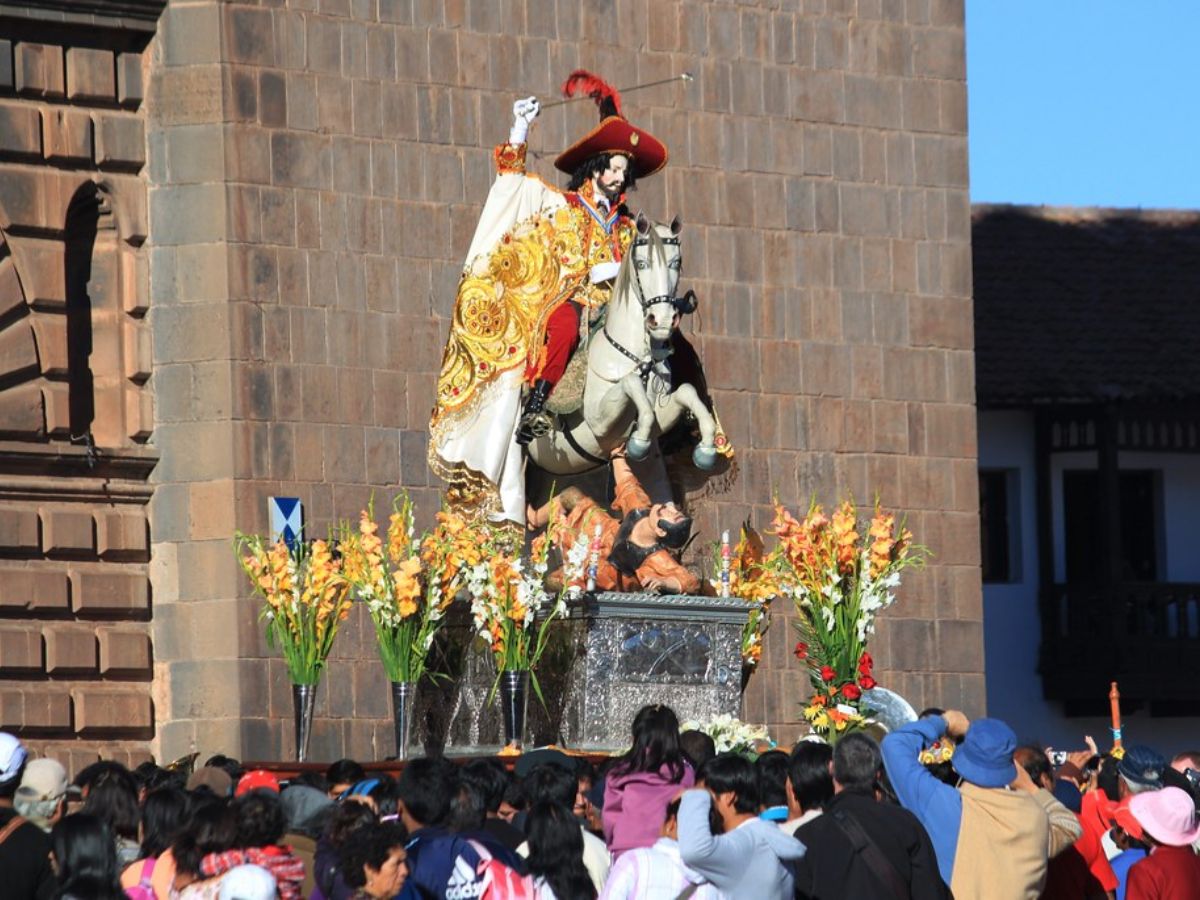
10. Santa Ana, of the Parish of Santa Ana
Santa Ana is an important figure in the city of Cusco in Peru, although her devotion is not as prominent as the other saint patrons of the region. However, Santa Ana is recognized and venerated in some churches and chapels of the city.
Santa Ans is known in the cristine traditions as the mother of the Virgen Maria and for this, the grandmother of Jesus. Although his devotion doesn’t have the same relevancy as the other saints of Cusco, there are still faithful who honor and pray to her, especially those who have a devotion to the Holy Family.
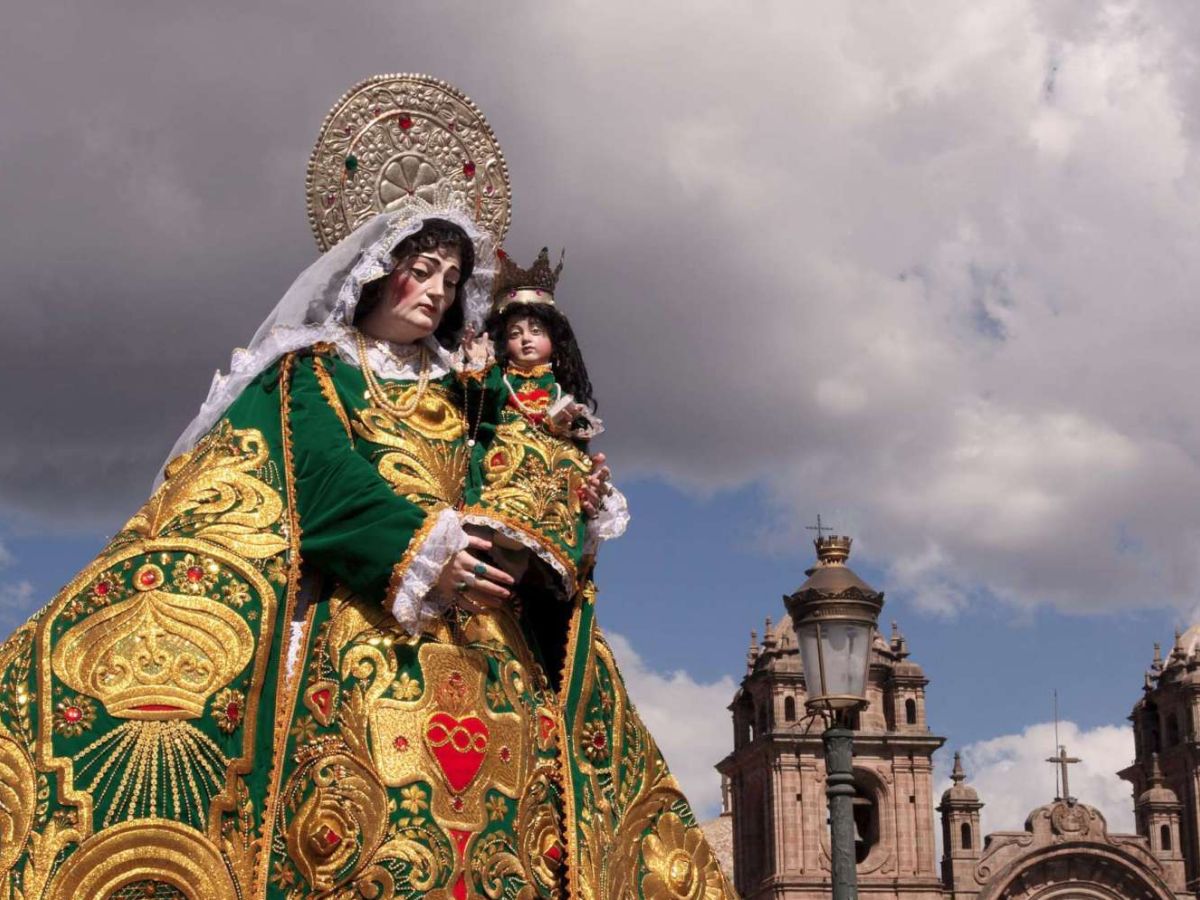
11. Santa Barbará of the Temple of Poroy
In Cusco, Santa Bárbara is invocated as protective against natural disasters, such as thunderstorms and lightning, which are common in the region due to its geographical location. Miraculous powers are attributed to protecting people and their property from these dangers.
The festivity in honor of Santa Barbara is celebrated on December 4th of each year in Cusco and is a so important occasion for those who have devotion for her. During this festivity, masses and religious activities are held in honor of the saint, as well as processions and cultural events in some communities.

12. The district of San Sebastián is represented by the Patron of San Sebastian
In Cusco, the devotion to San Sebastian is manifested principally through the celebration on January 20th of each year. During this festivity, processions, masses, and religious activities in honor of the saint, as well as cultural and traditional events highlight his importance to the Cusco community.
San Sebastian is invocated like the protector of the city and his residents, like the patron of the soldiers and defender of the faith. His image is venerated in churches and homes, where the people pray and her intercession is requested in times of need or danger.
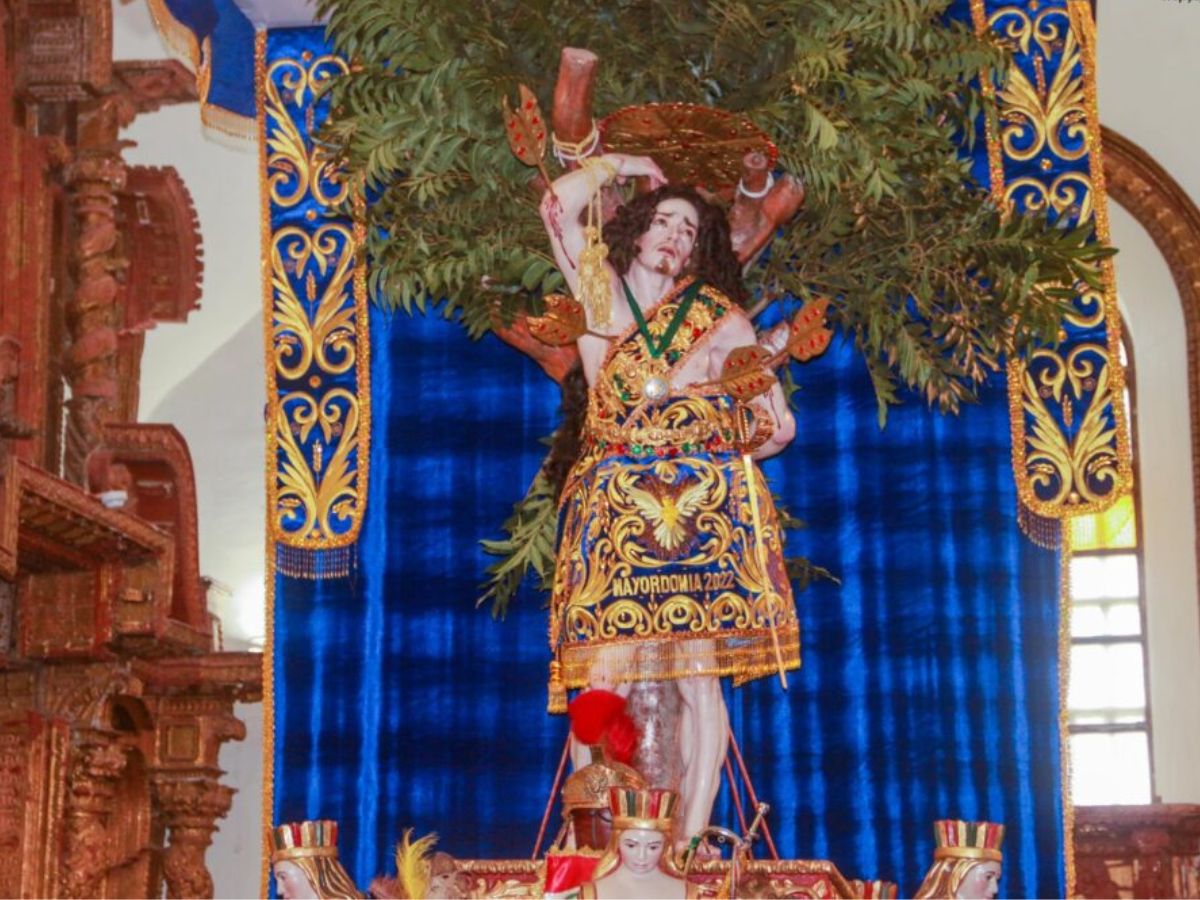
13. The parish of San Cristobal is represented by the great San Cristobal
The festivity in honor of San Cristobal is celebrated the July 10th of each year in Cusco and is celebrated for those who have devotion to this saint. During these festivities, the faithful often carry medals or holy cards of St. Christopher as a symbol of protection during their travels. His image is venerated in churches, chapels, and homes, where he is prayed to with fervor and devotion.
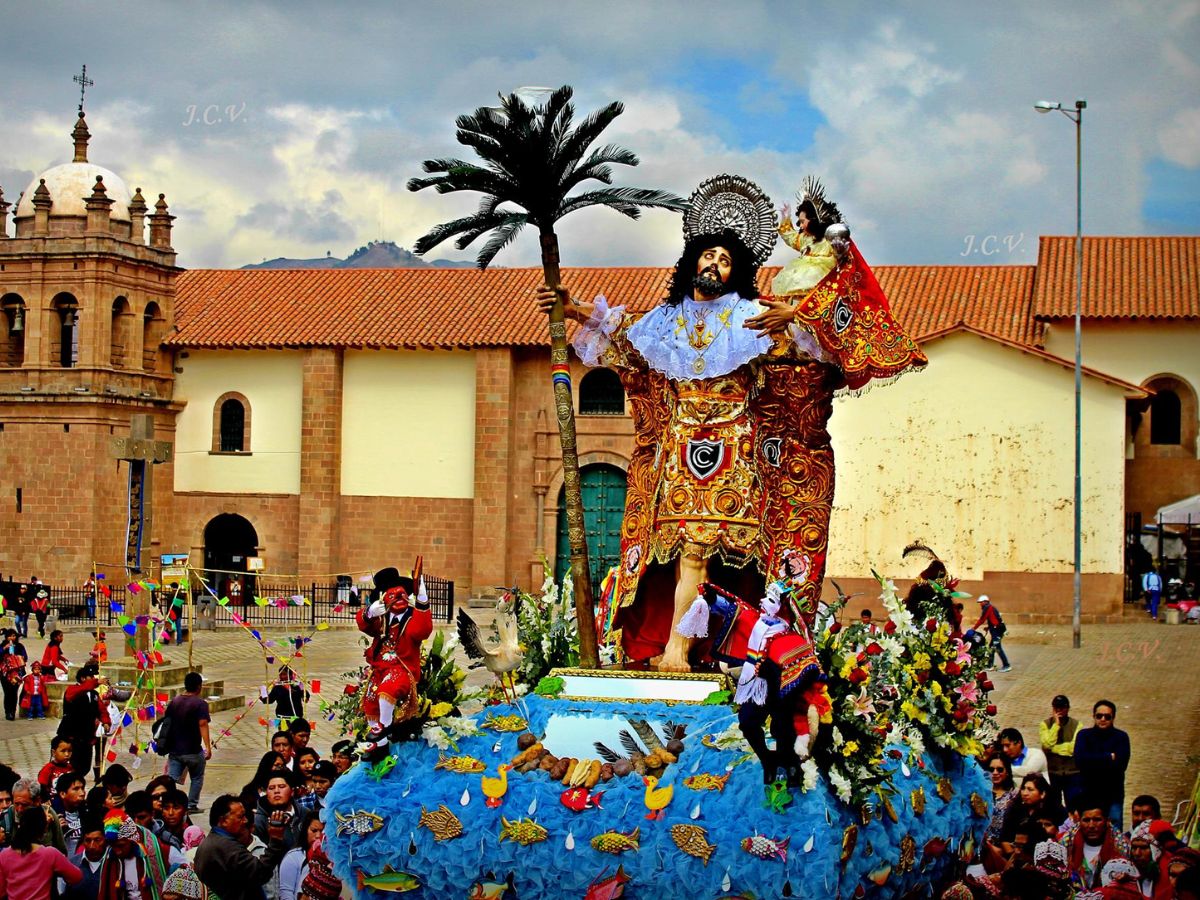
14. The District of San Jerónimo is represented by the Patron of San Jeronimo
San Jerónimo is venerated in churches, chapels, and homes, where she is prayed to with fervor and devotion, especially for those who seek her intercession for wisdom and academic success.
The festivity in honor of San Jeronimo is celebrated on September 30th of each year in Cusco and is an important festivity for those who have devotion to him. During the festivity, is realized religious activities in honor of this saint.
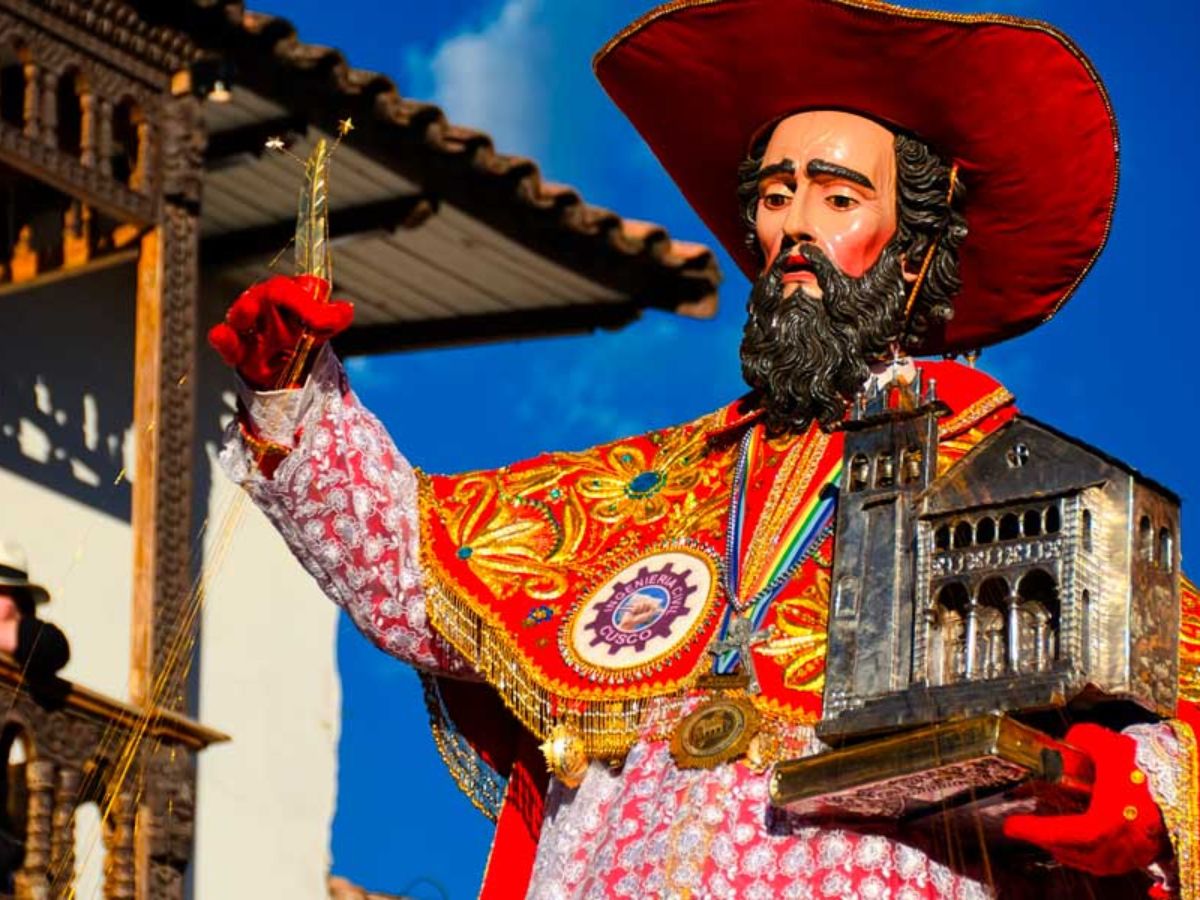
15. San Antonio
San Antonio is one of the saints more venerated in the catholic world and his devotion is present in Cusco, Perú. Is known as the saint of miracles and is invocate in a wide variety of situations, from finding lost objects to finding true love.
The festivity in honor of San Antonio is celebrated on June 13th each year in Cusco and is an important moment for the believers. During this festivity, processions, masses, and religious activities are held in honor of the saint, as well as cultural and traditional events that reflect his importance to the community.
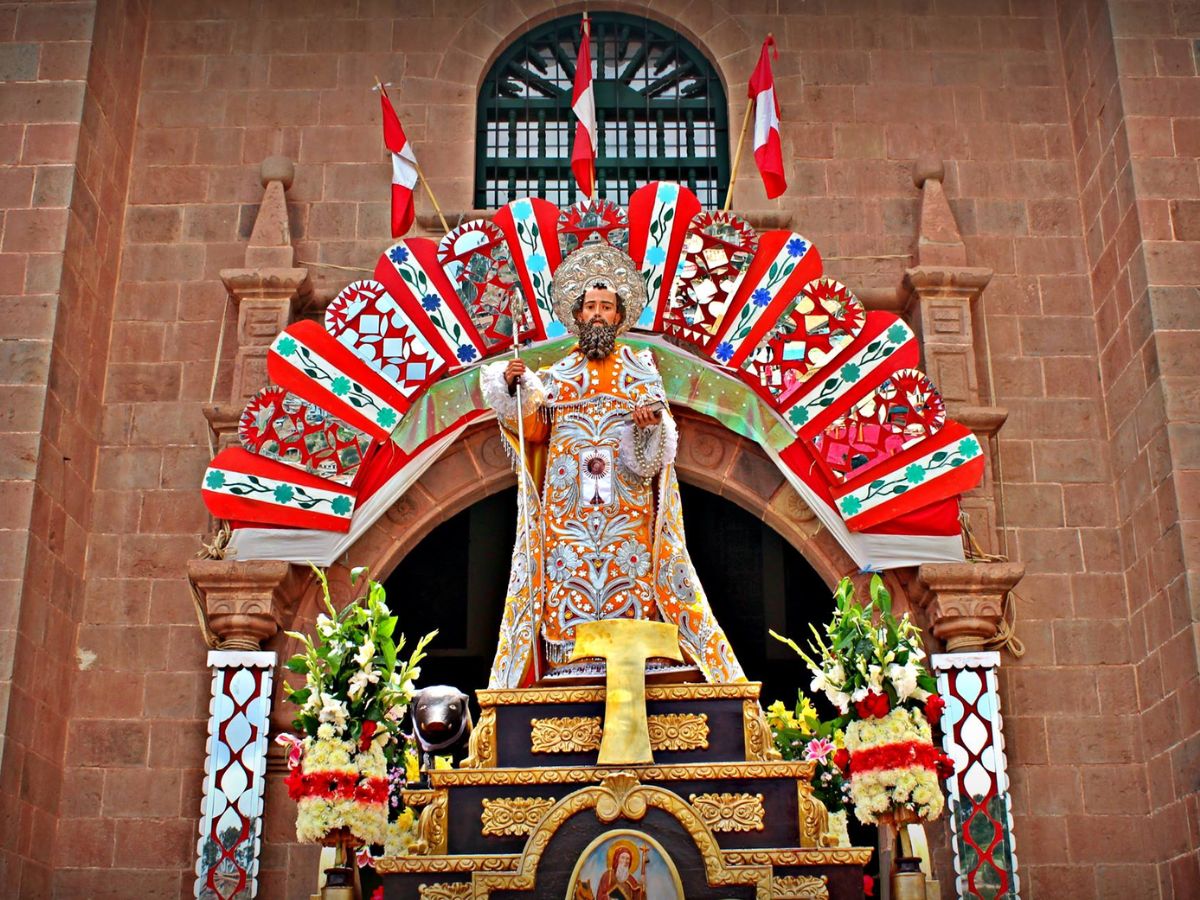
Which saint comes out first on Corpus Christi?
According to the tradition, San Antonio is the first saint to lead the parade of the 15 saints to the Cathedral. All of them must arrive at the Temple of Santo Clara, pass through the street of the same name, followed by Marques Street, Mantas, and arrive at the Plaza de Armas.
Según la tradición, San Antonio es el primer santo en encabezar el desfile de los 15 santos hacia la Catedral. Todos ellos deben llegar al Templo de Santo Clara, pasan por la calle del mismo nombre, seguido de la calle Marqués, Mantas y llegan a la Plaza de Armas.
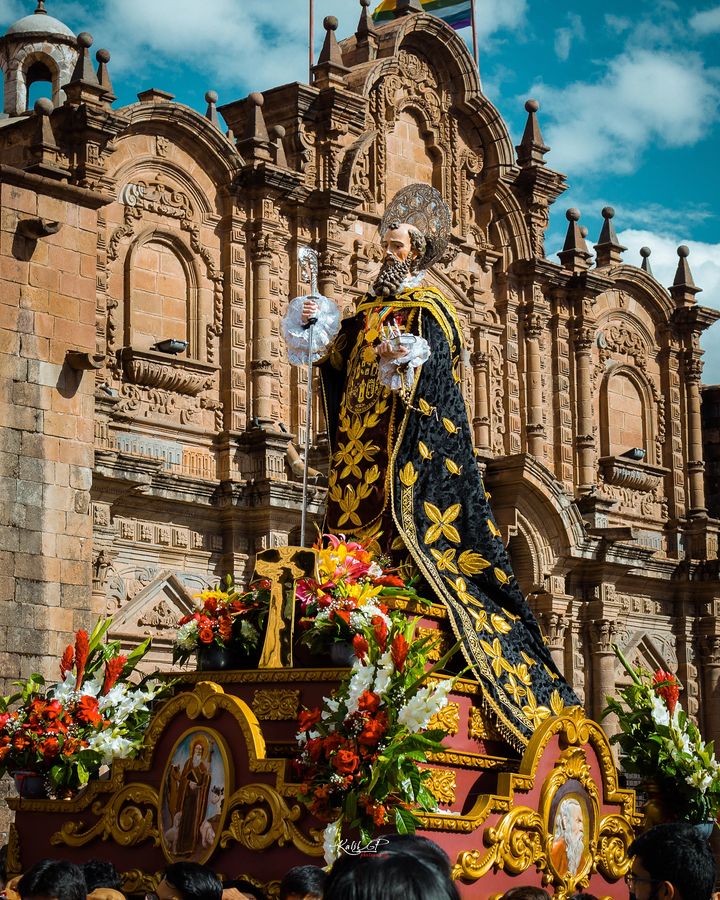
It is not known with precision the criteria used to order the entrance of the images to the Cathedral, but it is said that it was according to their arrival, being San Antonio Abad was the first to arrive, he became the Qollana or head of the party and as such he must be punctual in the appointment because it depends on him that the others do not arrive late to the meeting with the Taytacha.
What do you eat at Corpus Christi in Cusco?
The chiriuchi is a typical dish for this date of Corpus Christi, each year the people install stalls of the typical dish in the Corpus Christi feast.
The chiriuchu or “cold dish” is made in a base of roasted corn, baked guinea pig, chicken, torreja, qocha yuyo, roto, charqui, and sausages, among others. These ingredients enter the dish in small quantities, thus forming the delicious Chiriuchu. It is a very tasty dish that you must eat when in Cusco.
Legend of Corpus Christi
According to Apolinaro counts on the day of the procession passed in front of the house, the owner of the house saw that her young son was on a rooftop with a monkey and she was afraid that the animal would throw the child into the void, so she promised the Lord that she would give the house as a gift if the son would come out safely.
The housing was donated to the church in the Average Age and posteriority passed to be the propriety of the Estate to the decade of the 70s, when was returned in barter (exchange) for the building of the offices that was attached to the Cathedral. The Cathedral had the offices of the Archbishopric attached to the building and the architects recommended demolishing that building to restore the Cathedral to its original value.
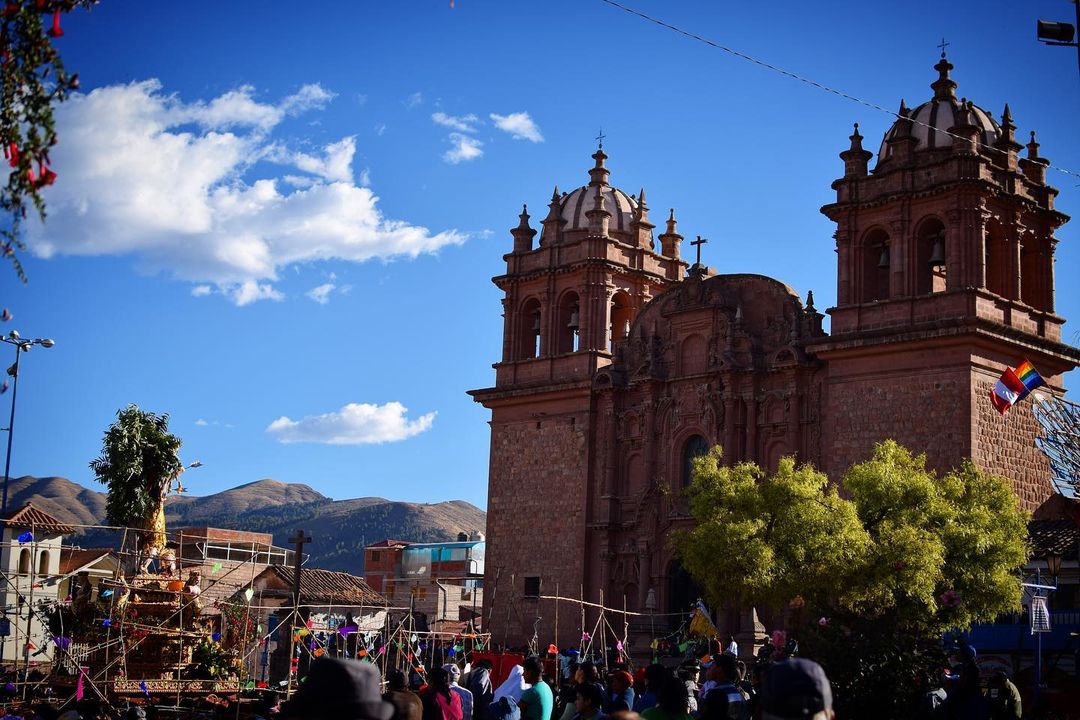
These festivities are so traditional, that visitors from all parts of the world arrive in Cusco with the finality of knowing a little more of this celebration and receiving the blessing of the cathedral. ¿ Sometimes you attend this festival?
Explore many more tourist destinations and facts about Peru in our travel blog and plan your next trip with us!







